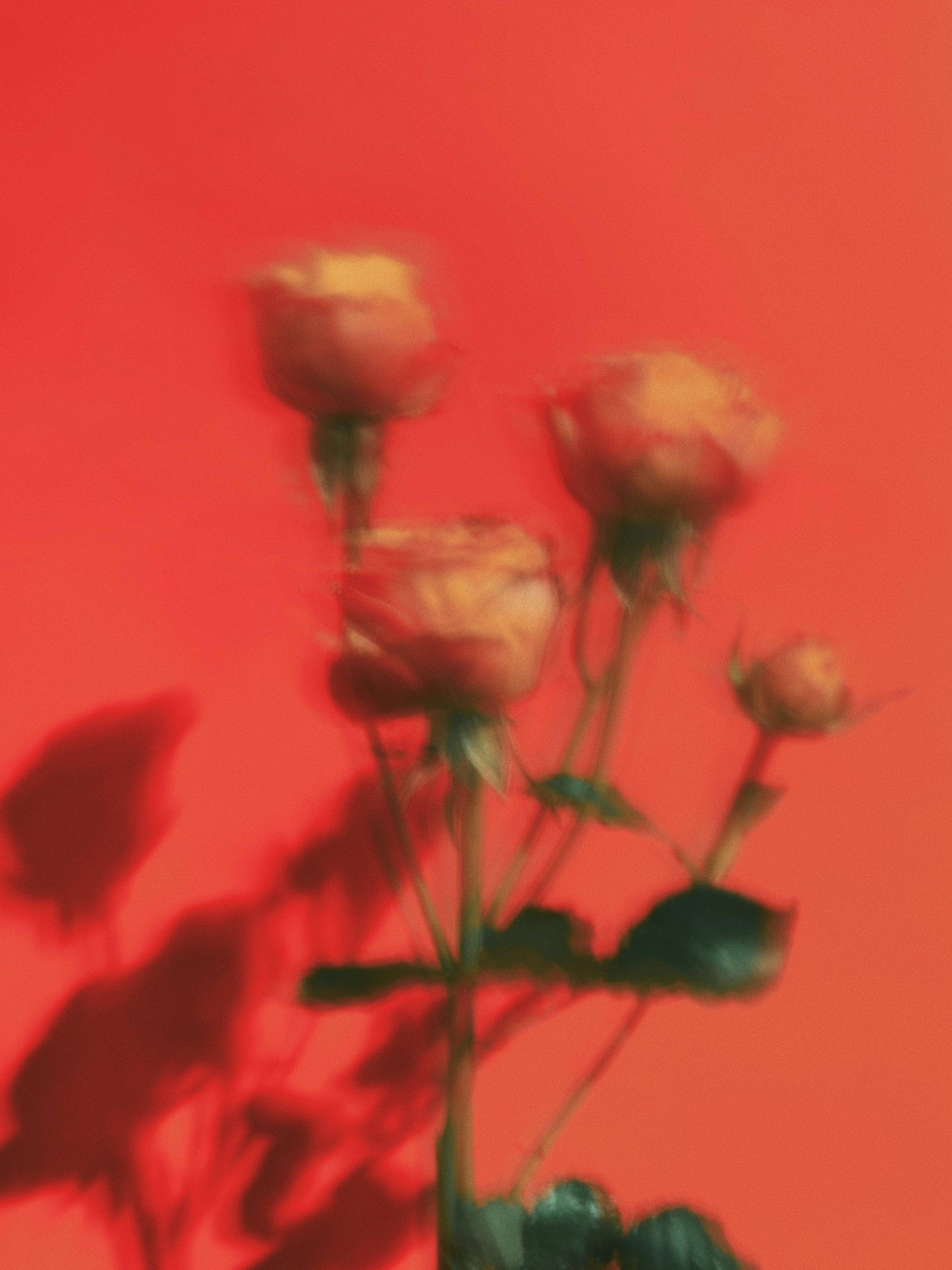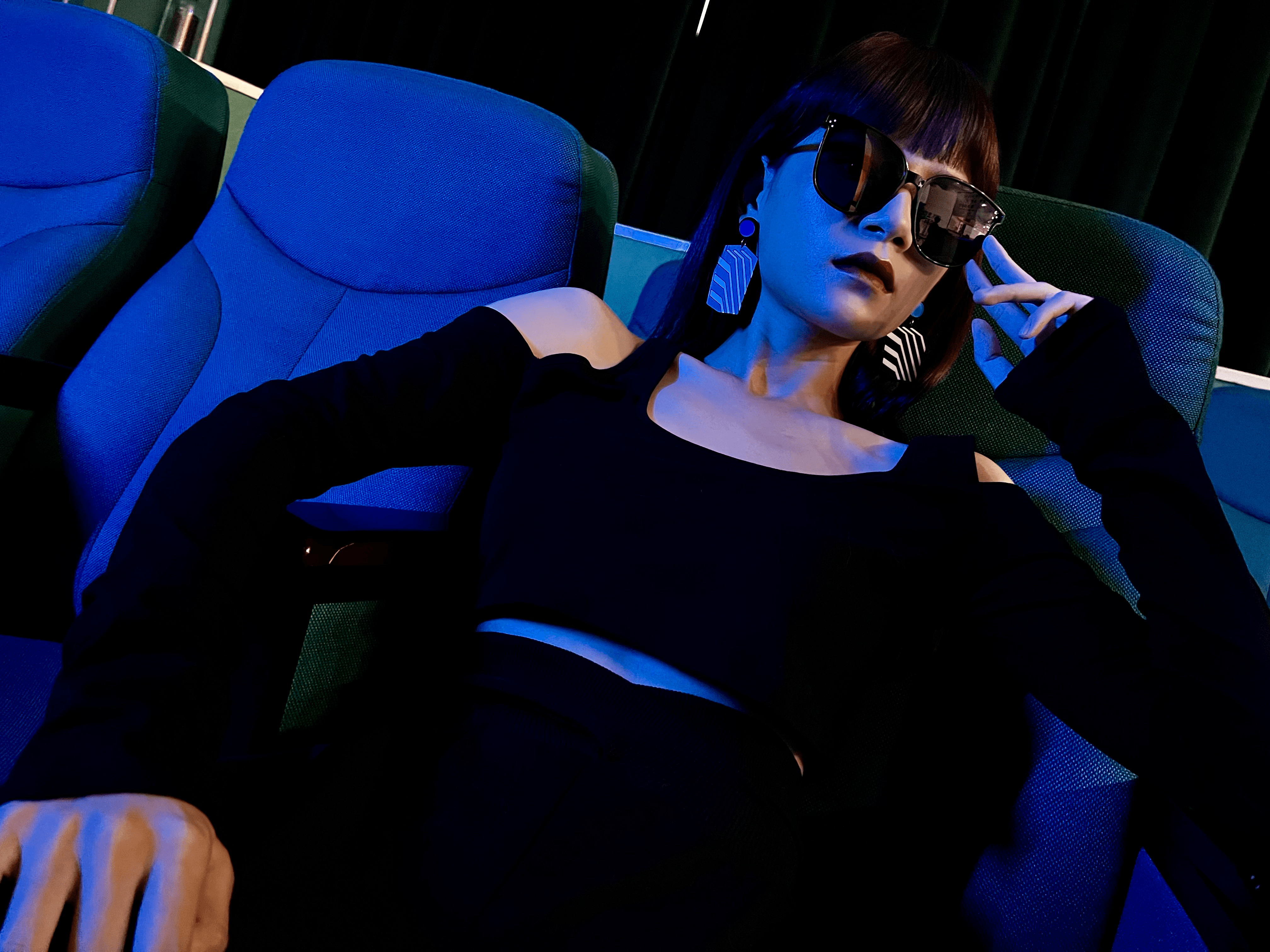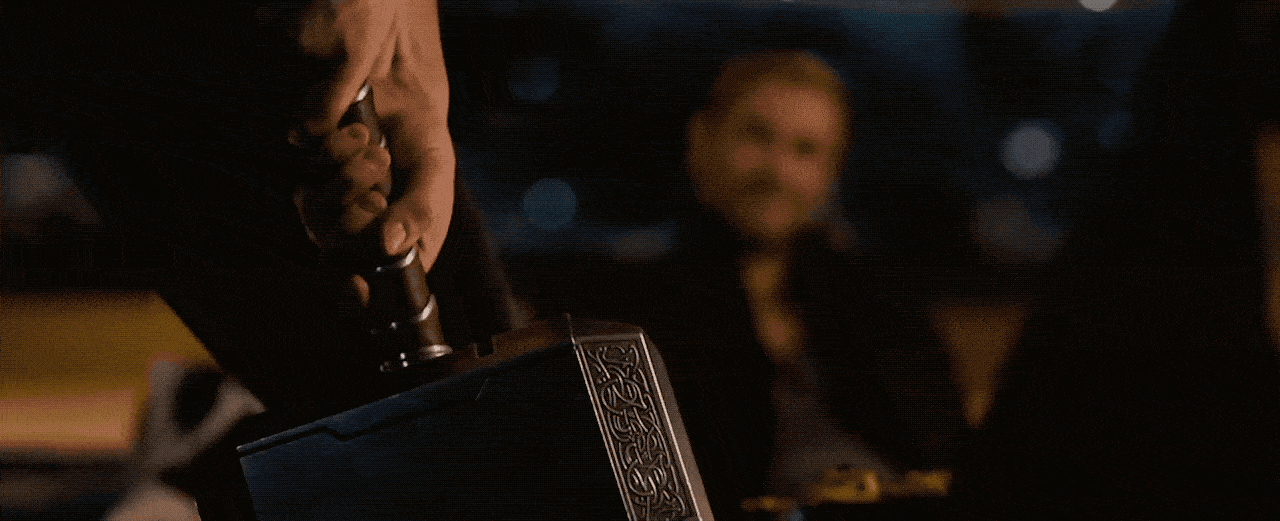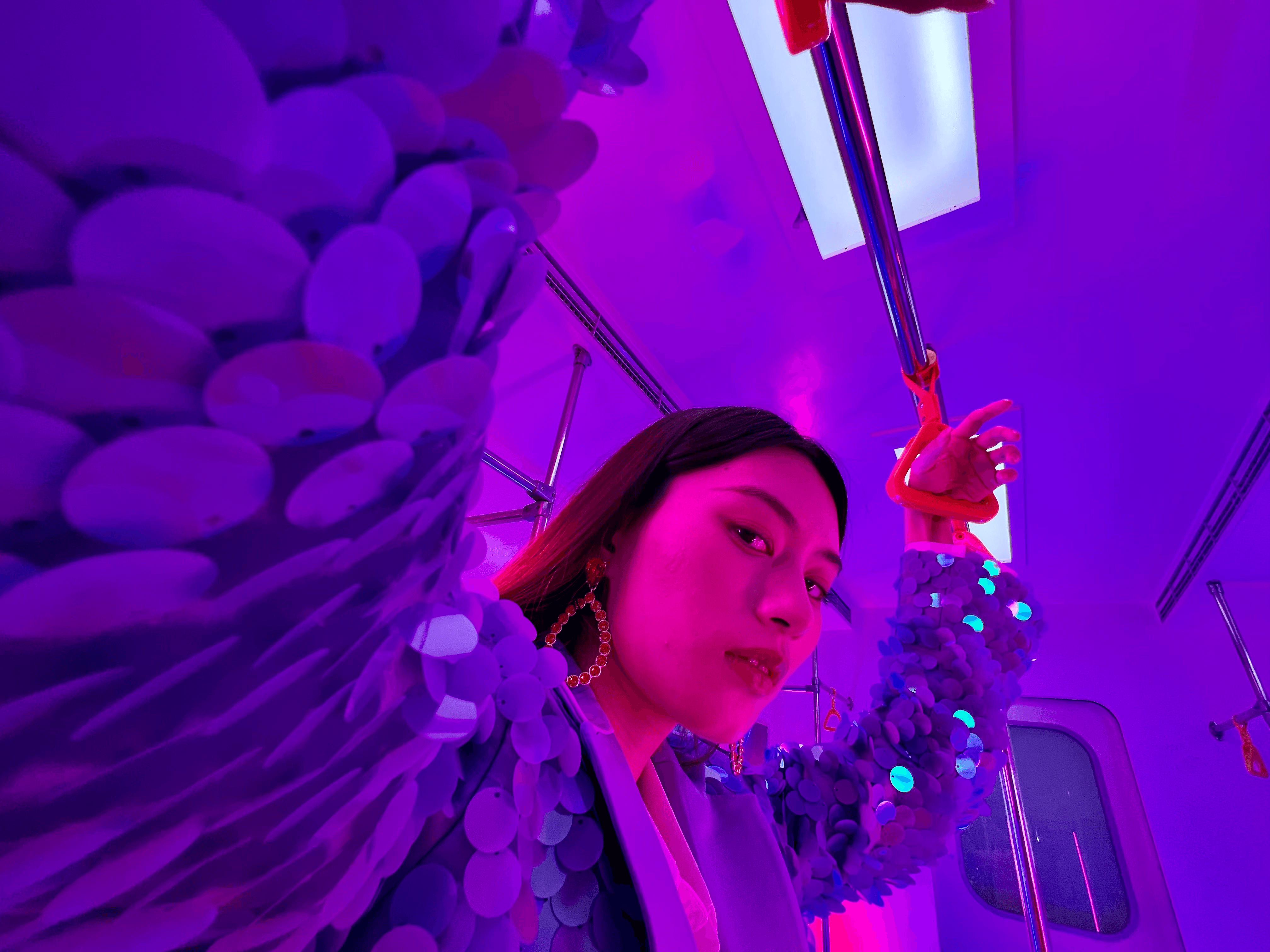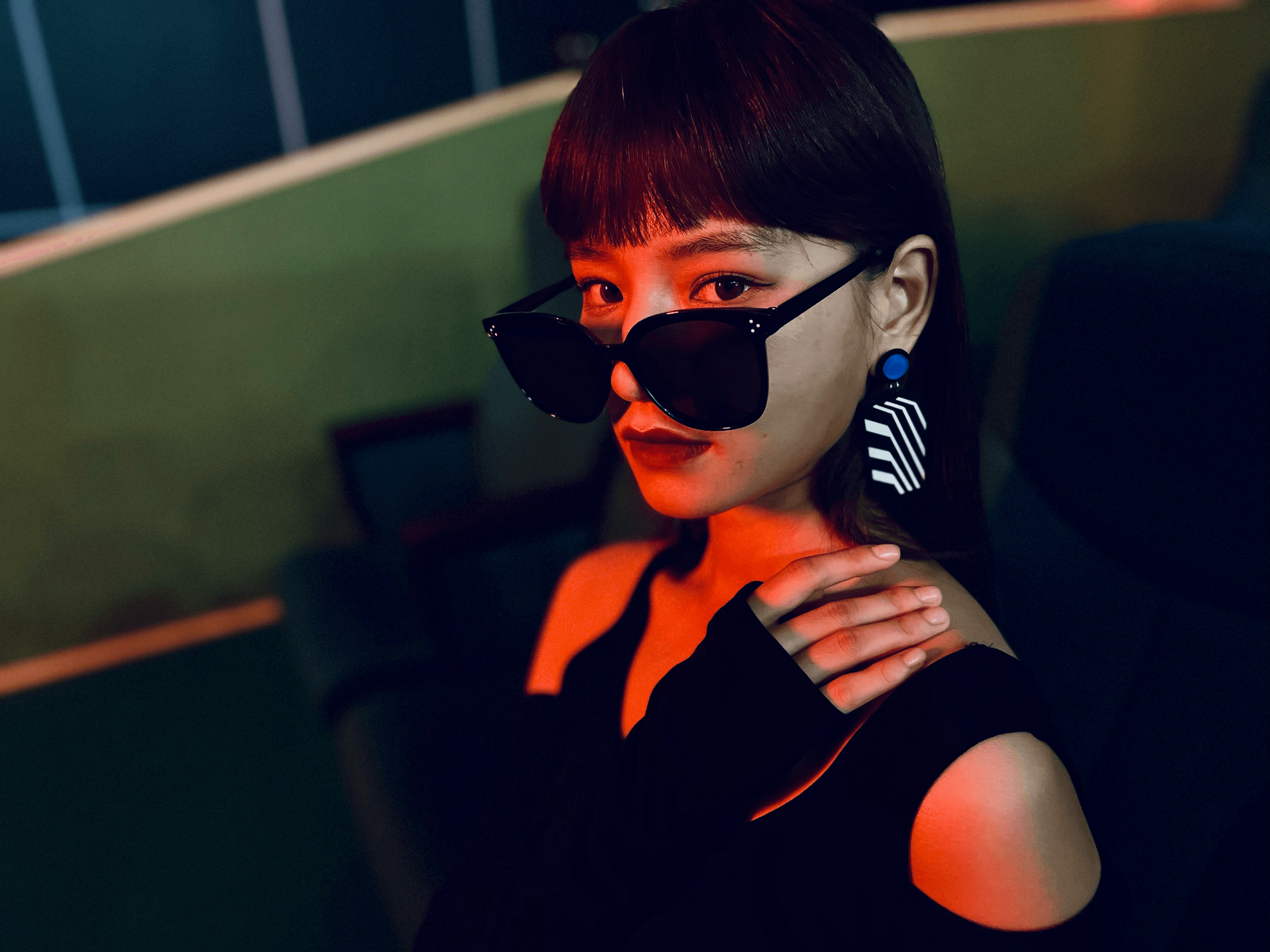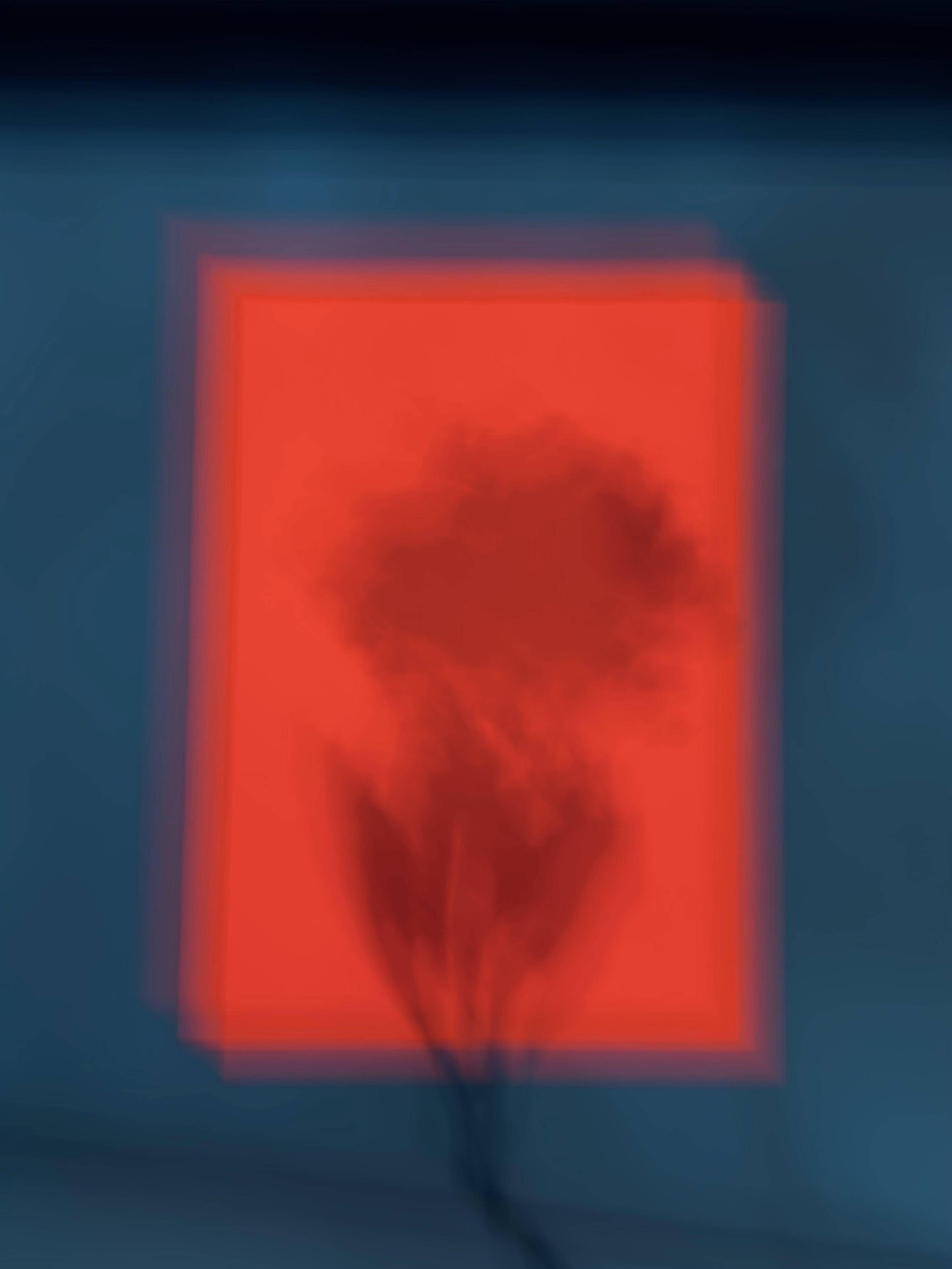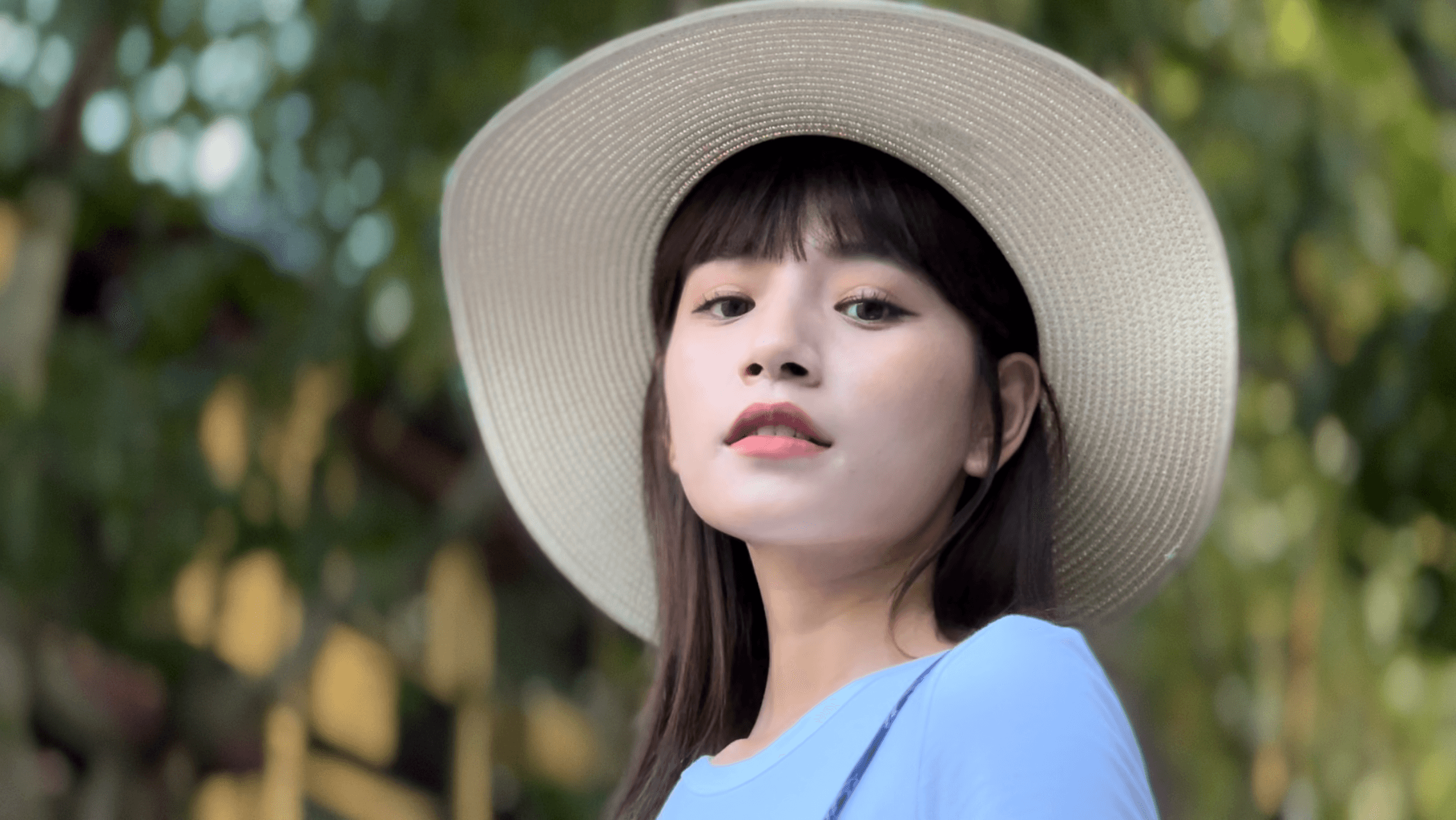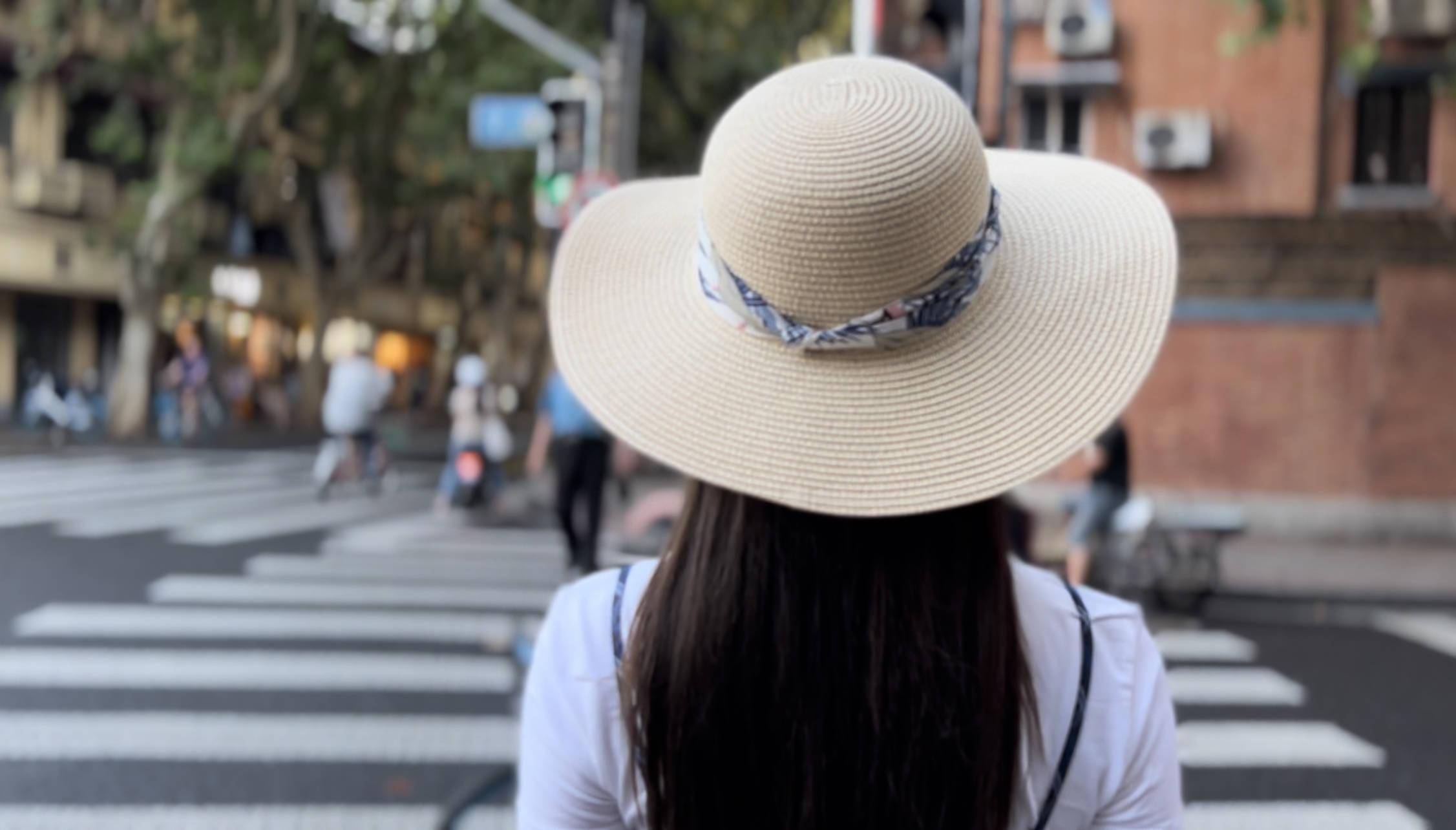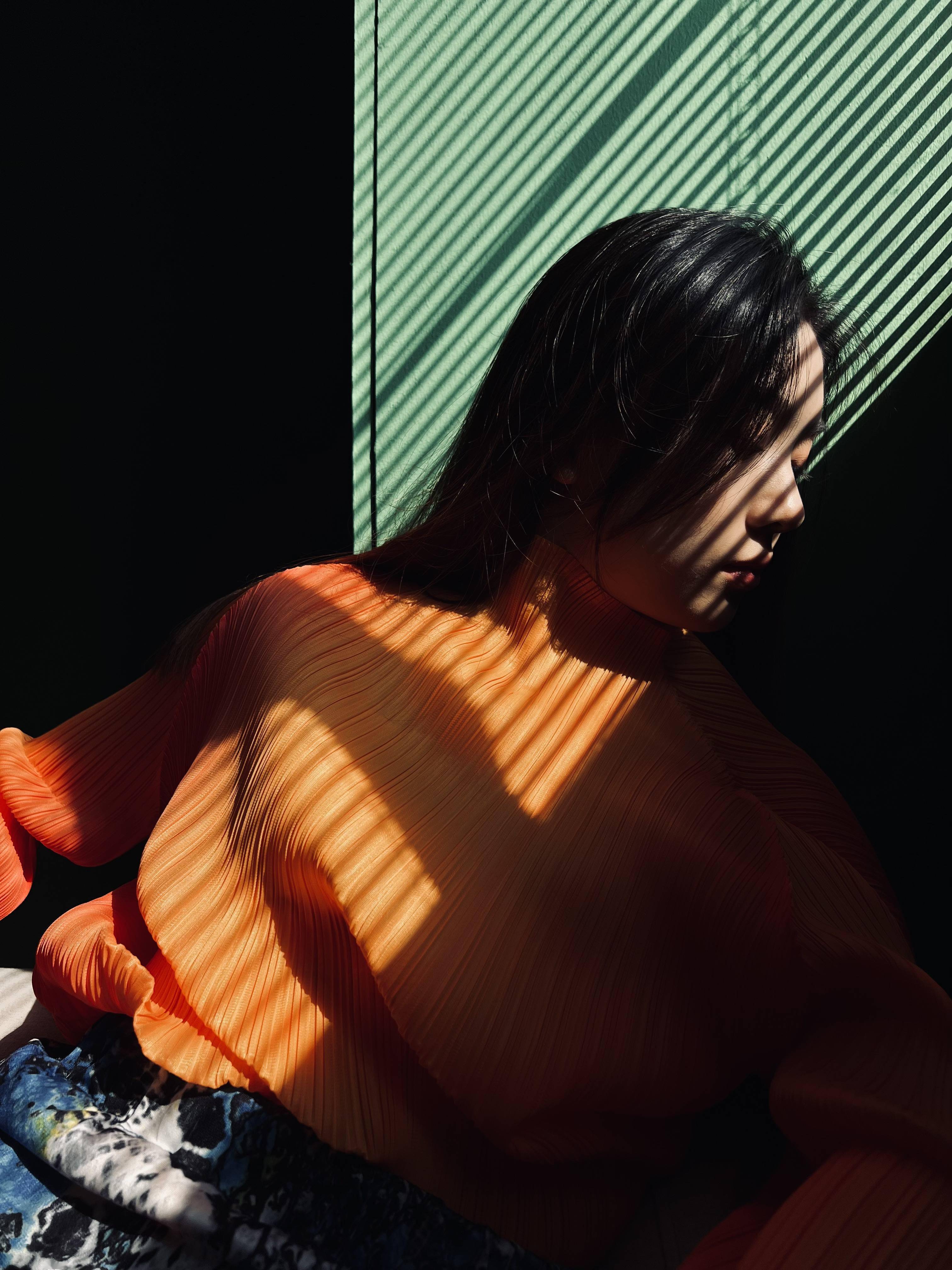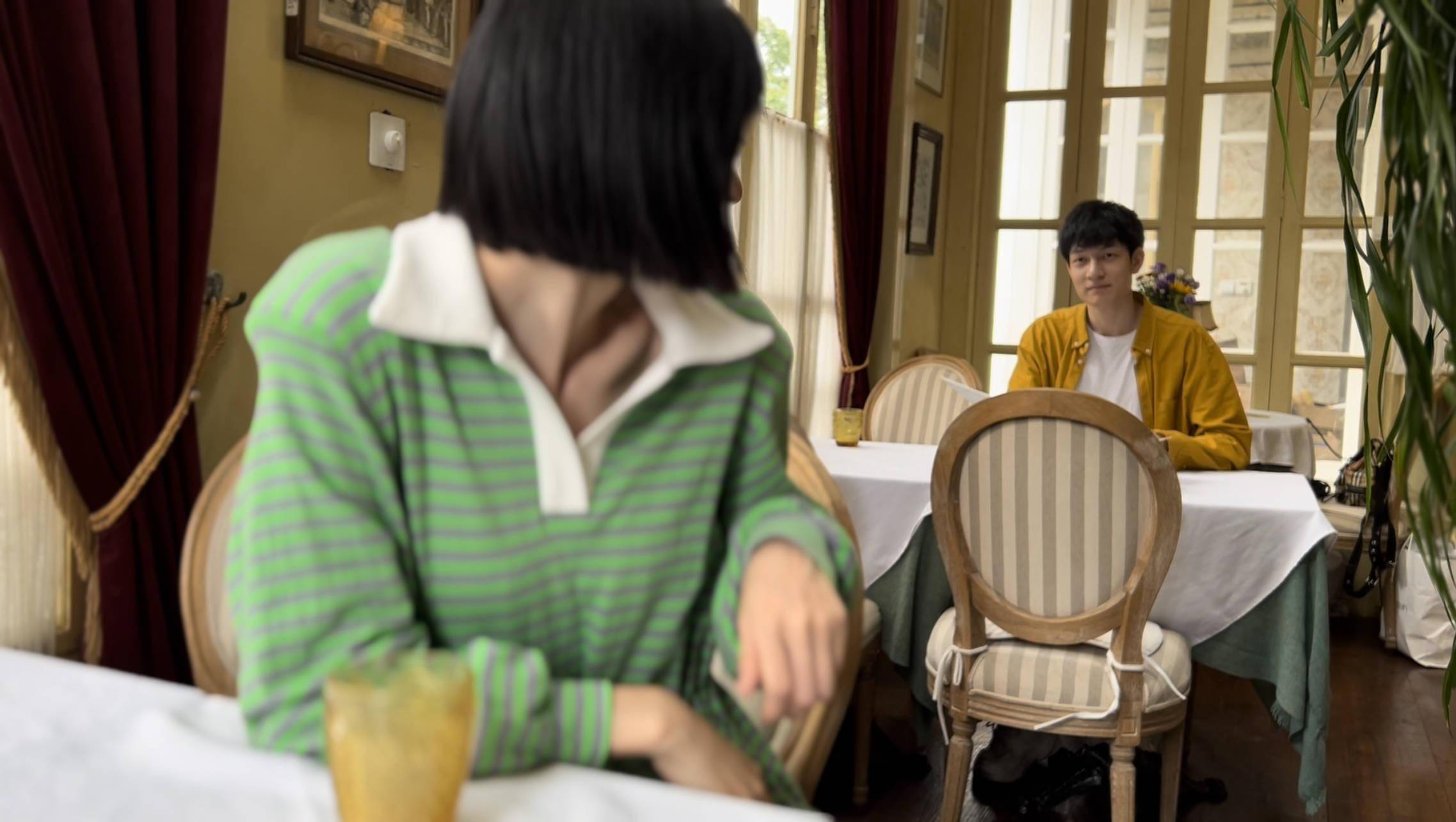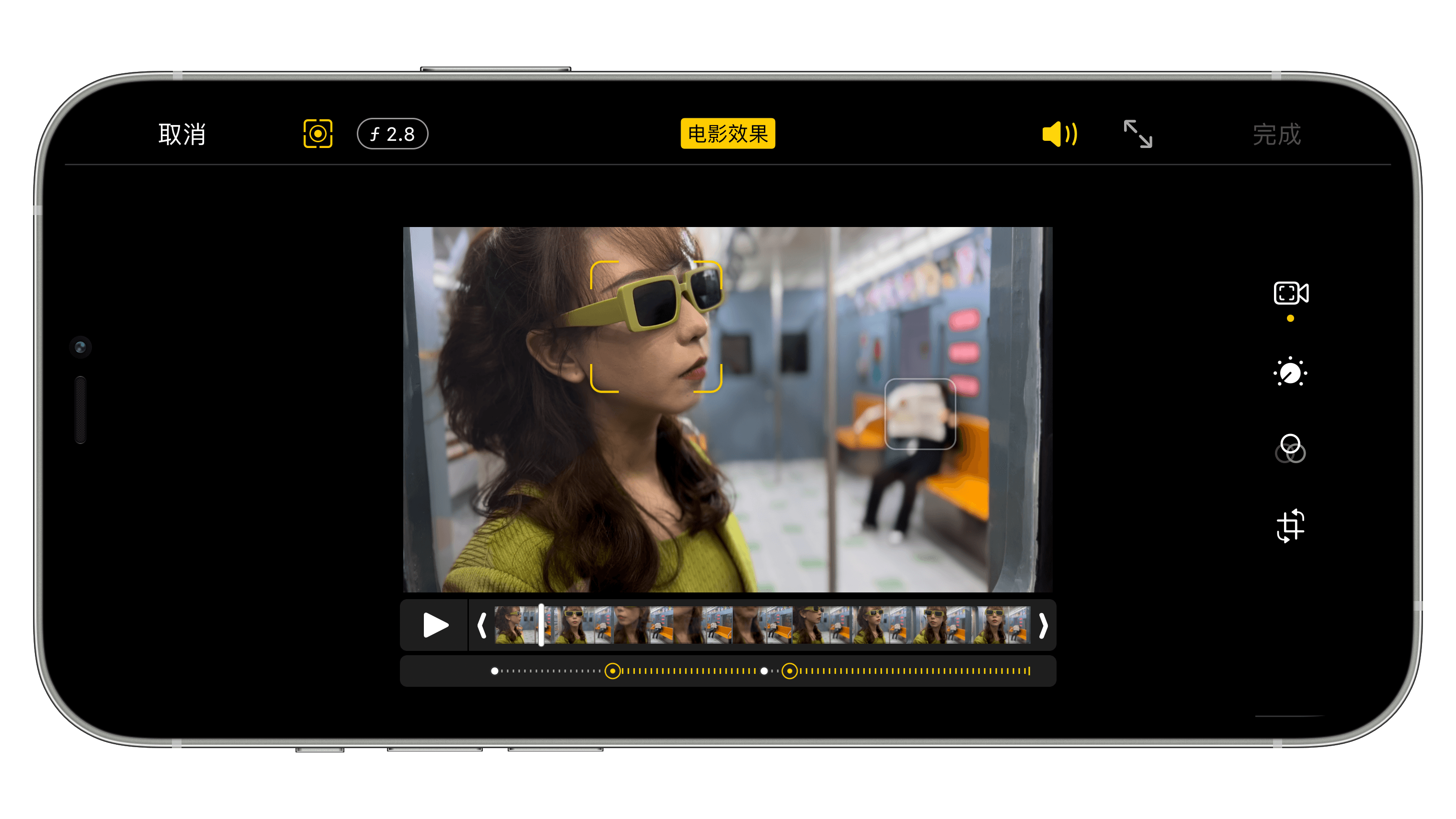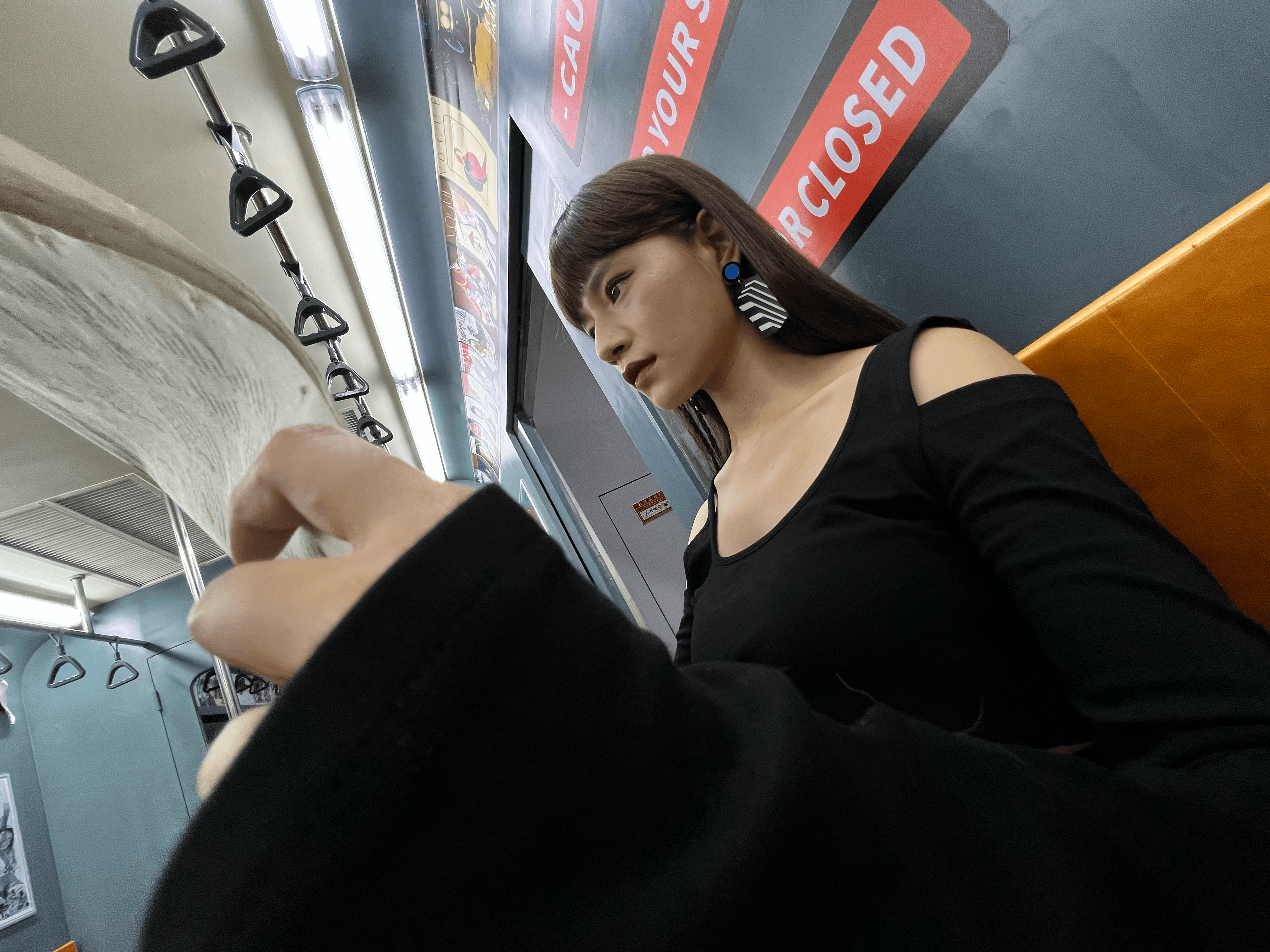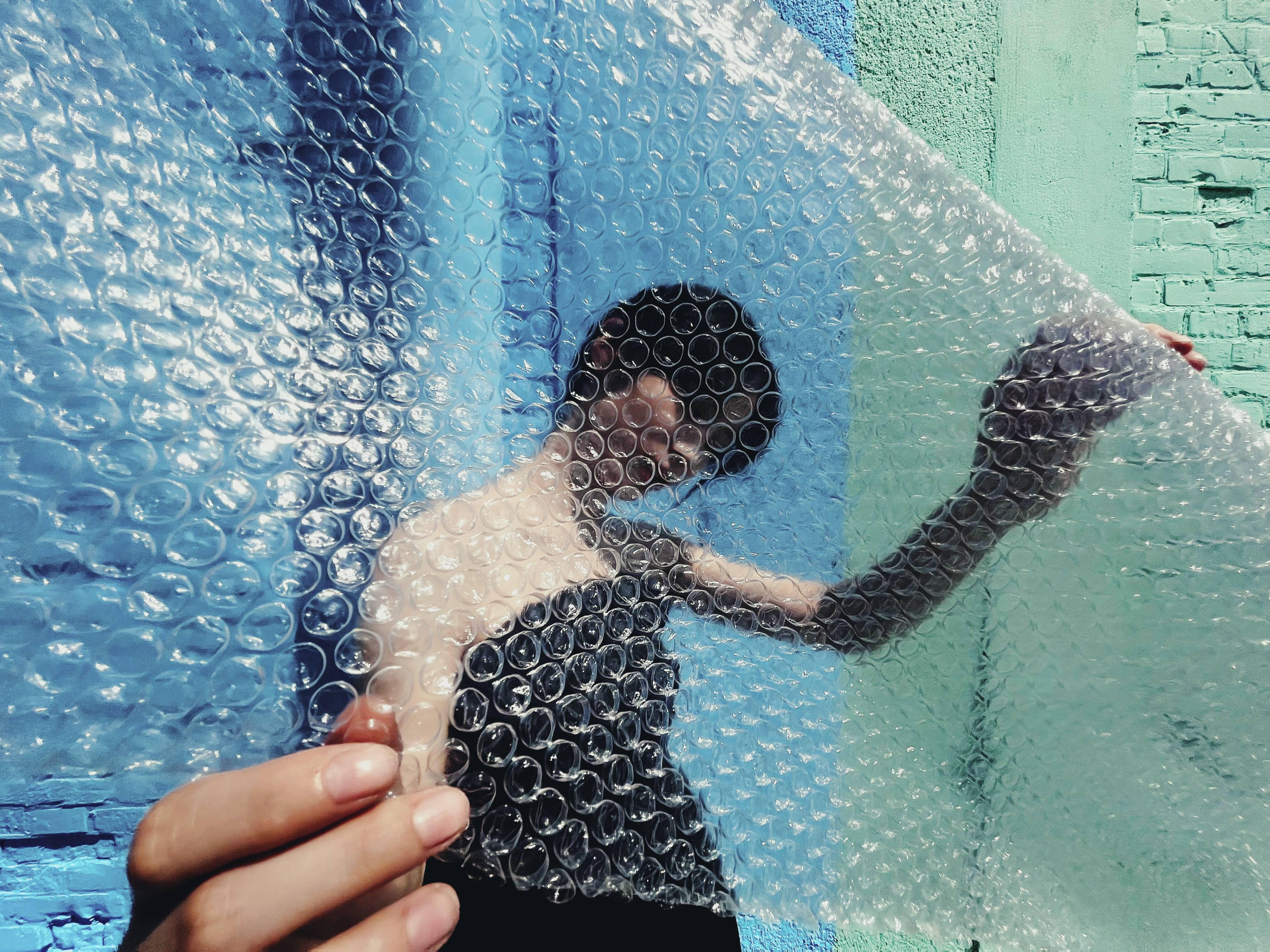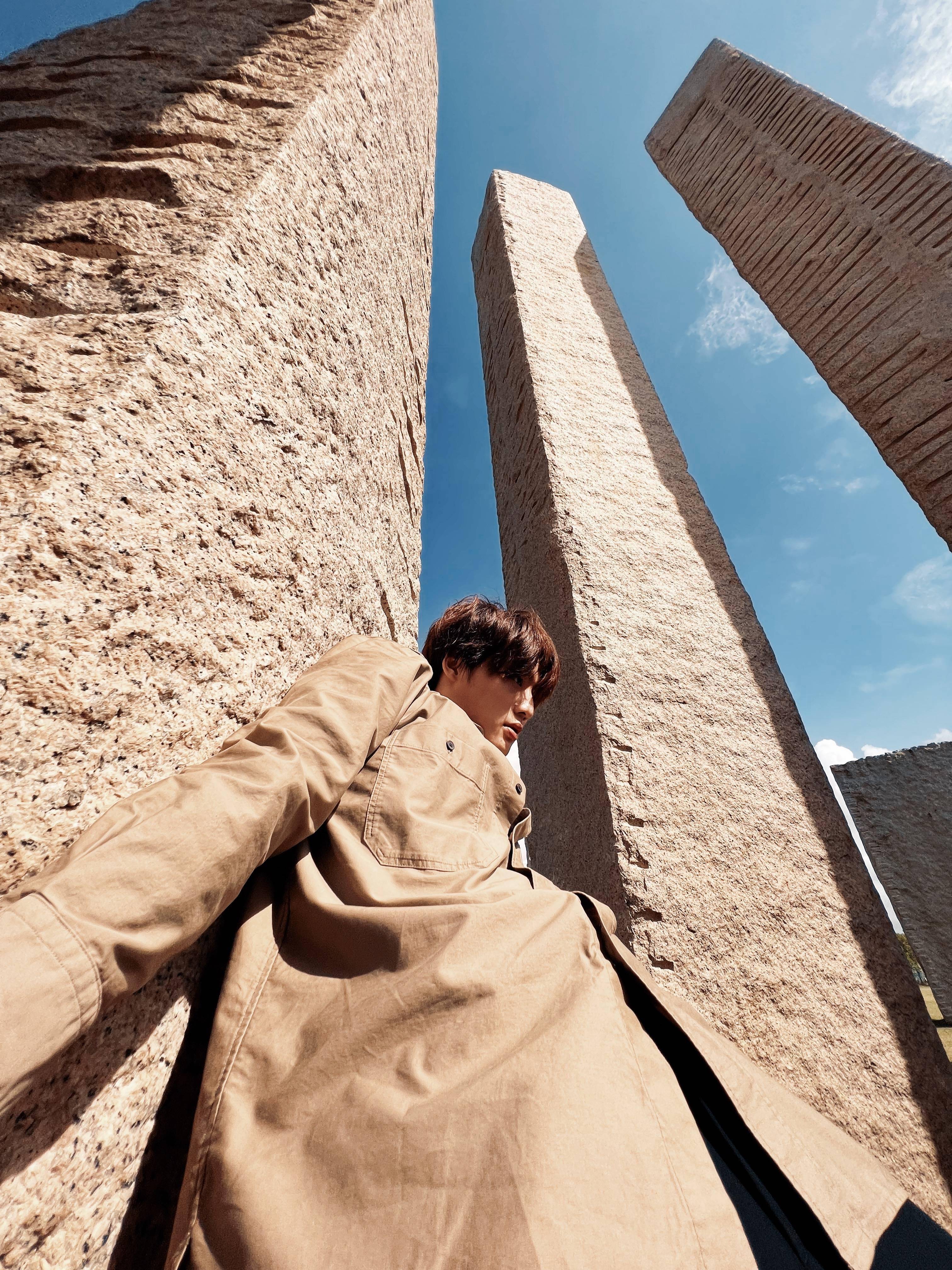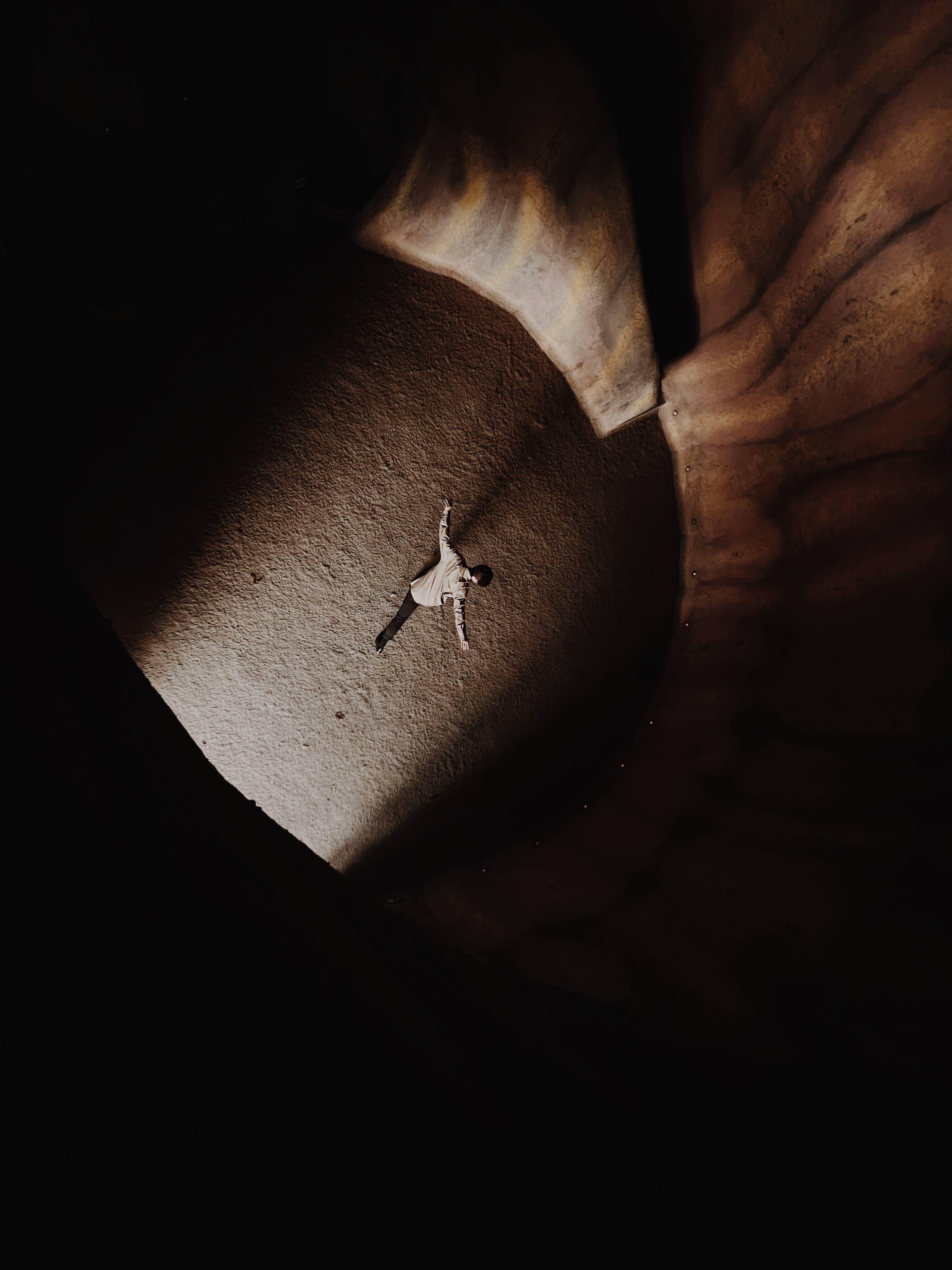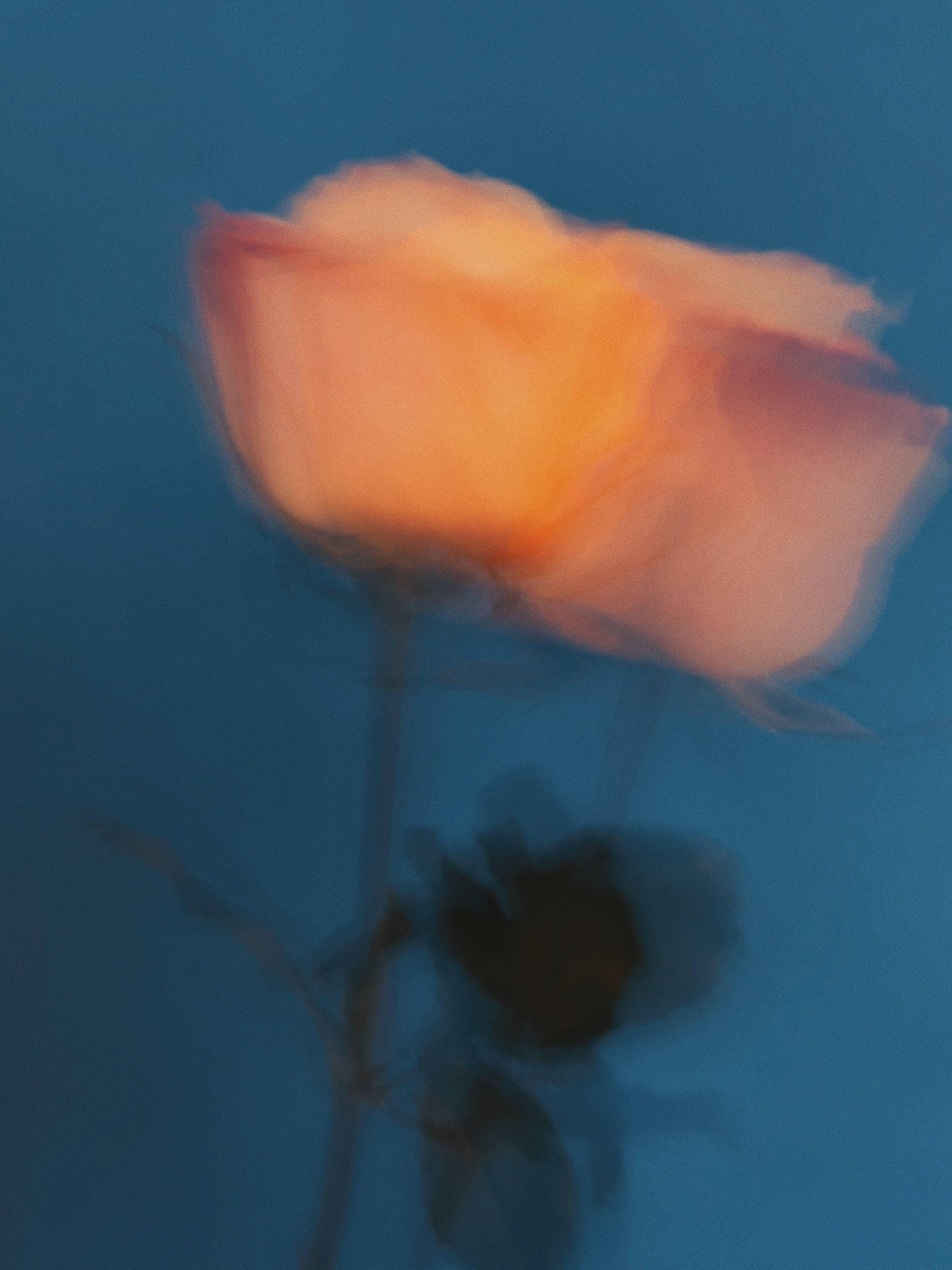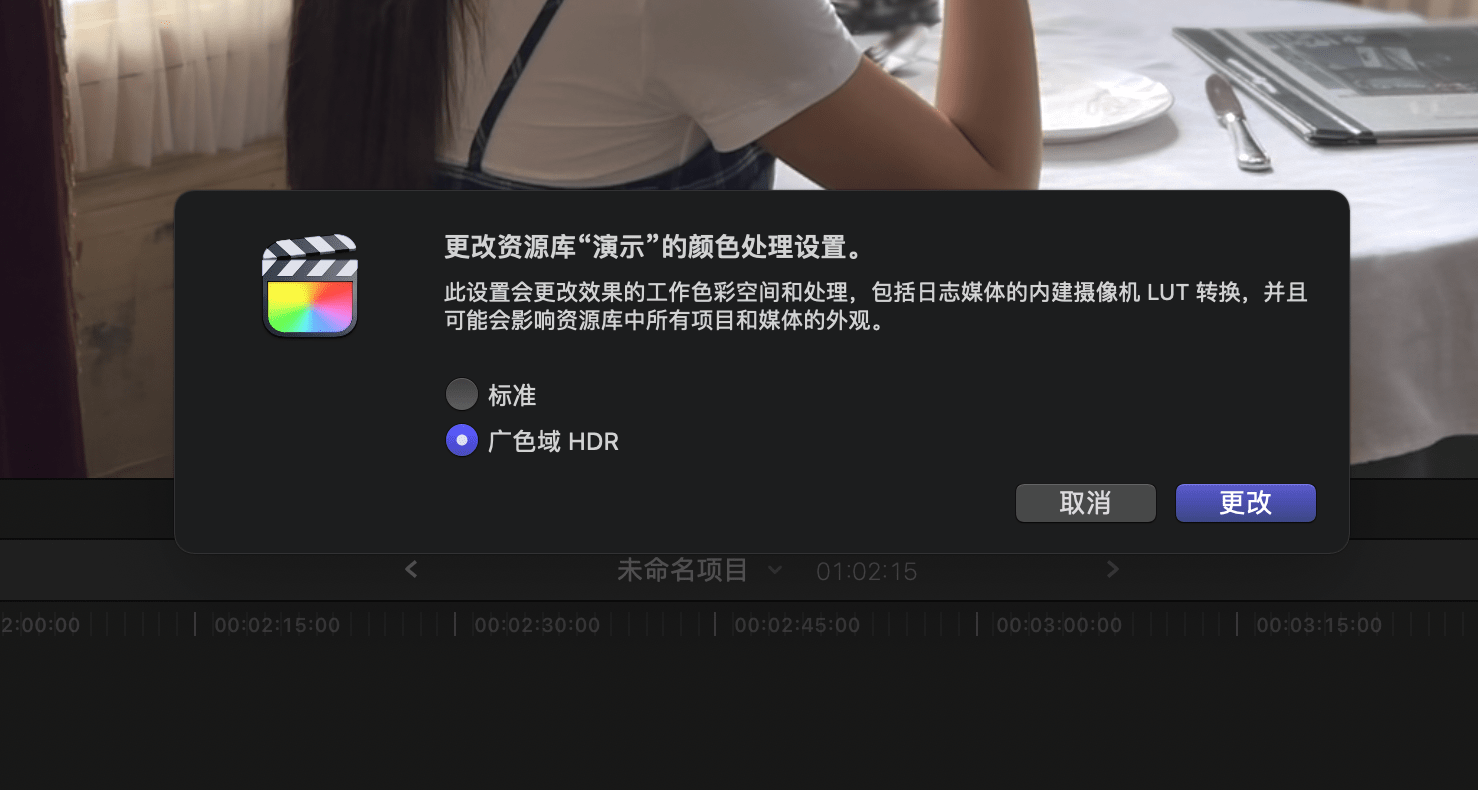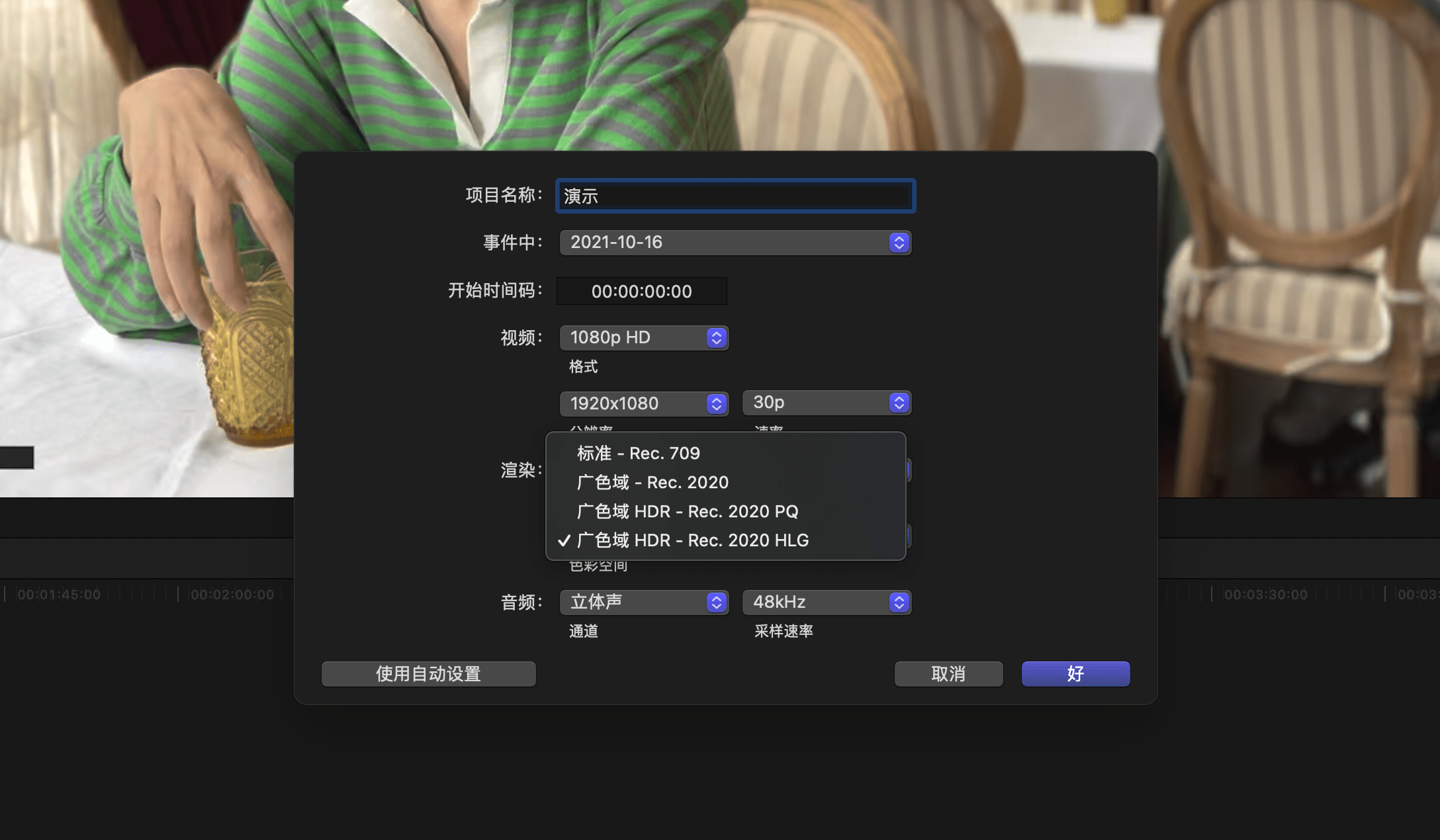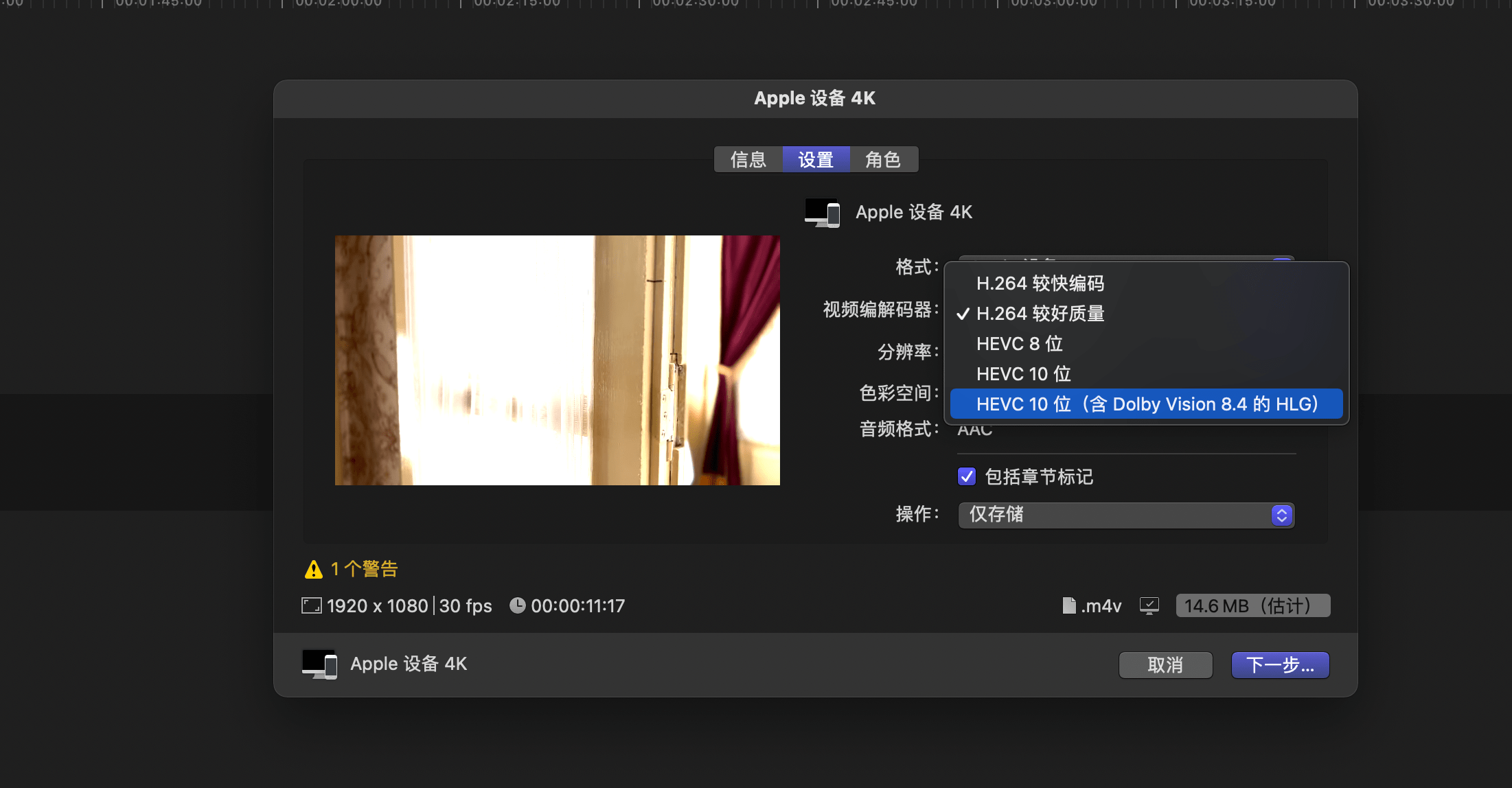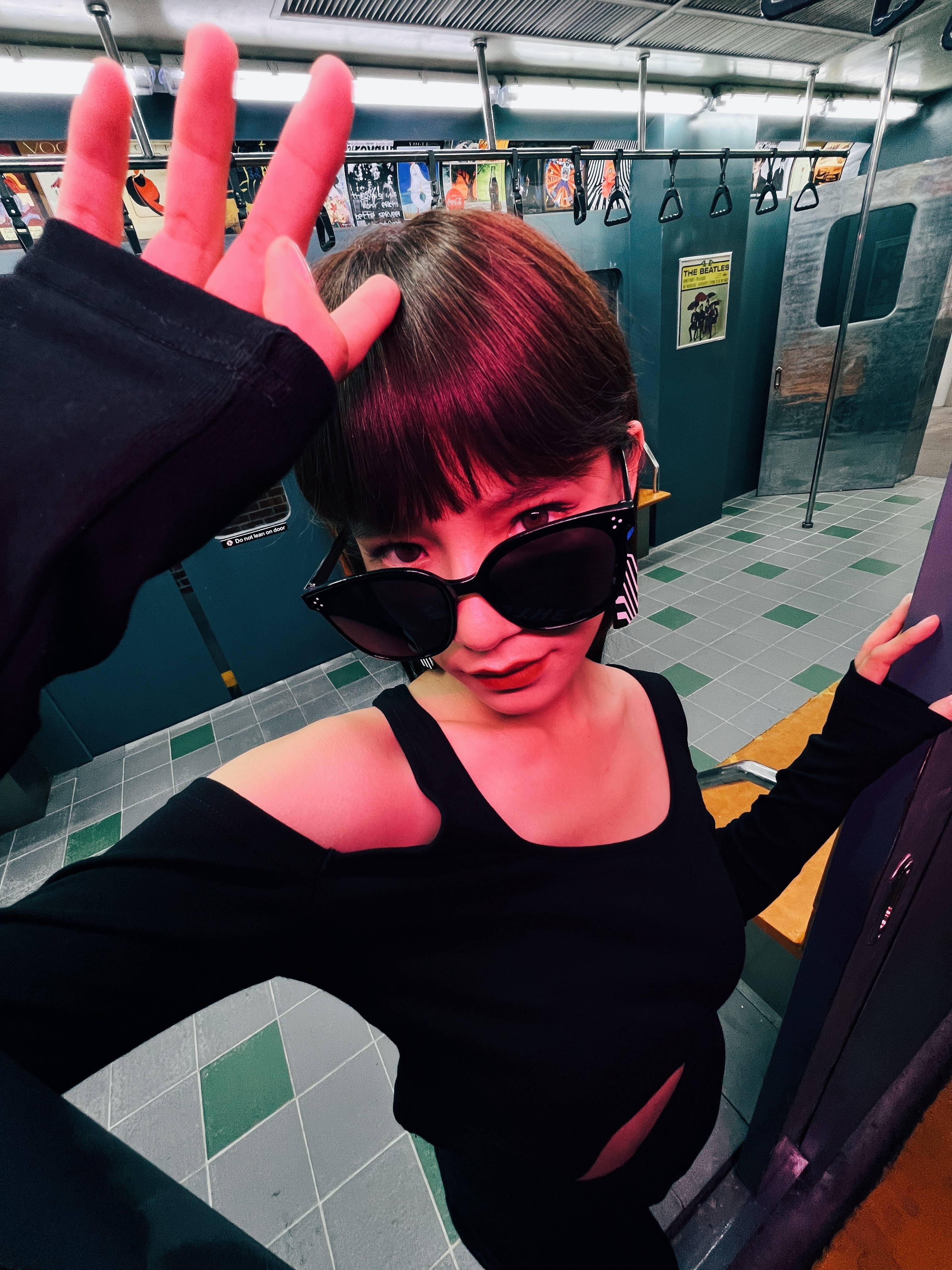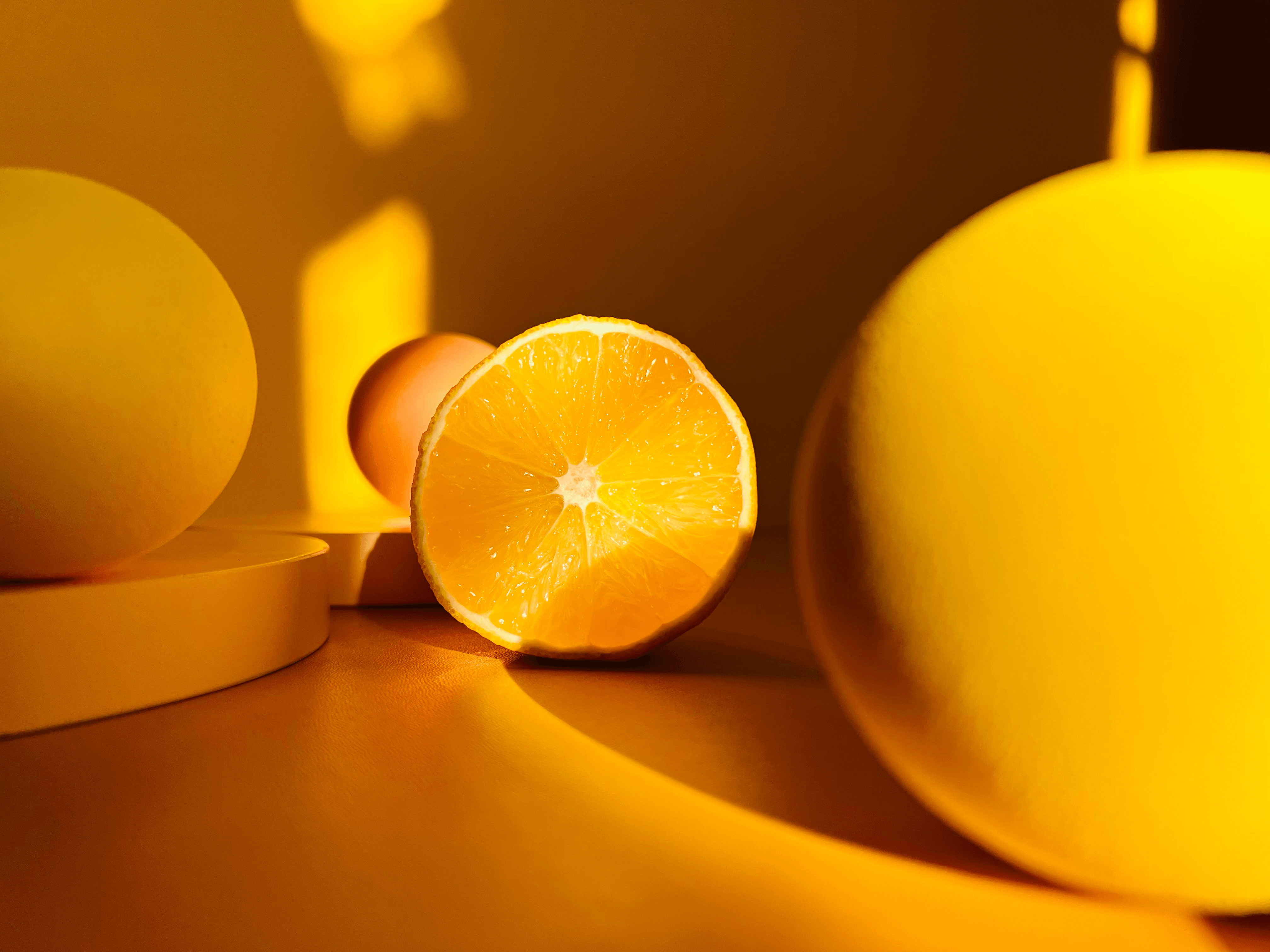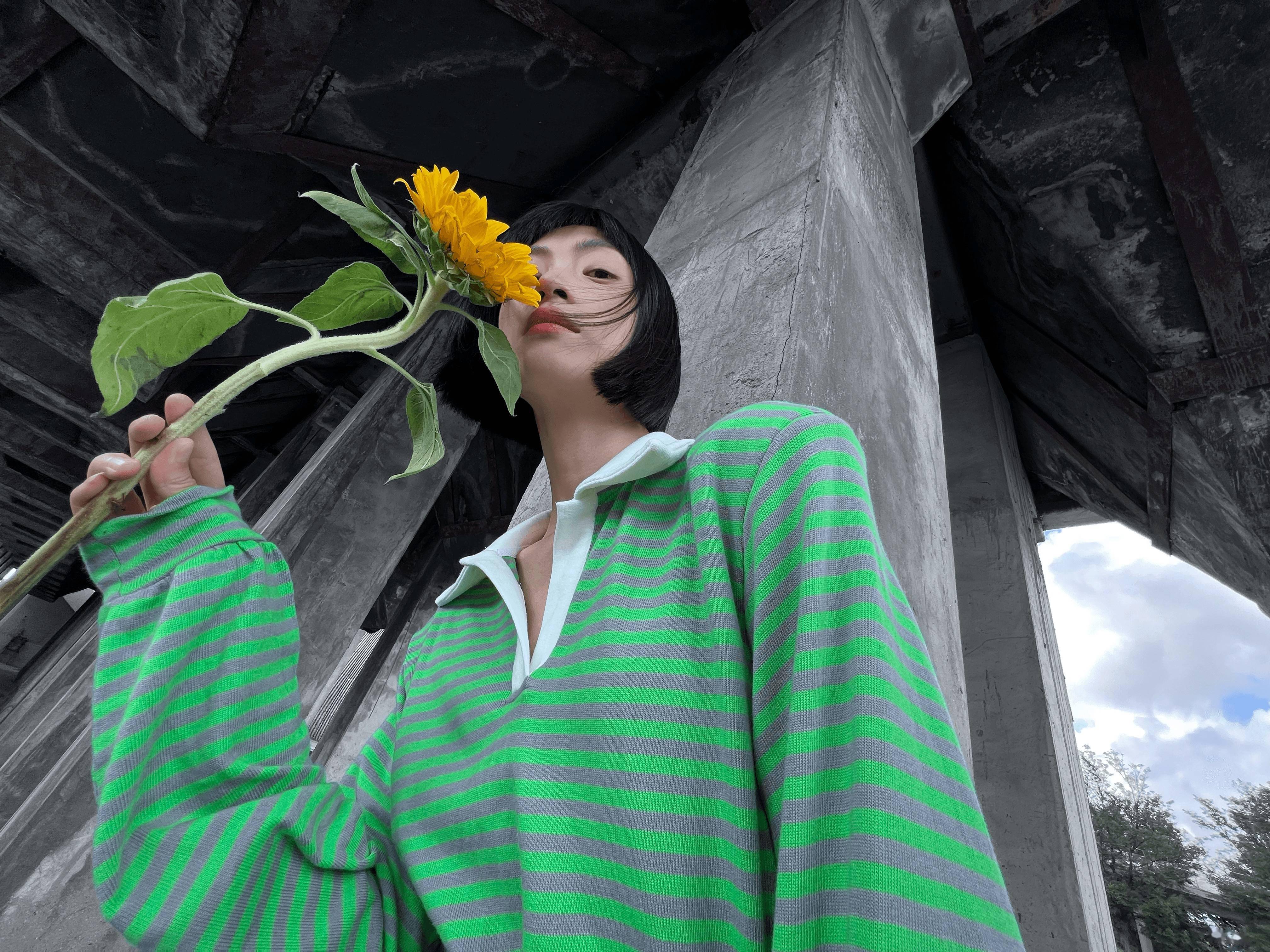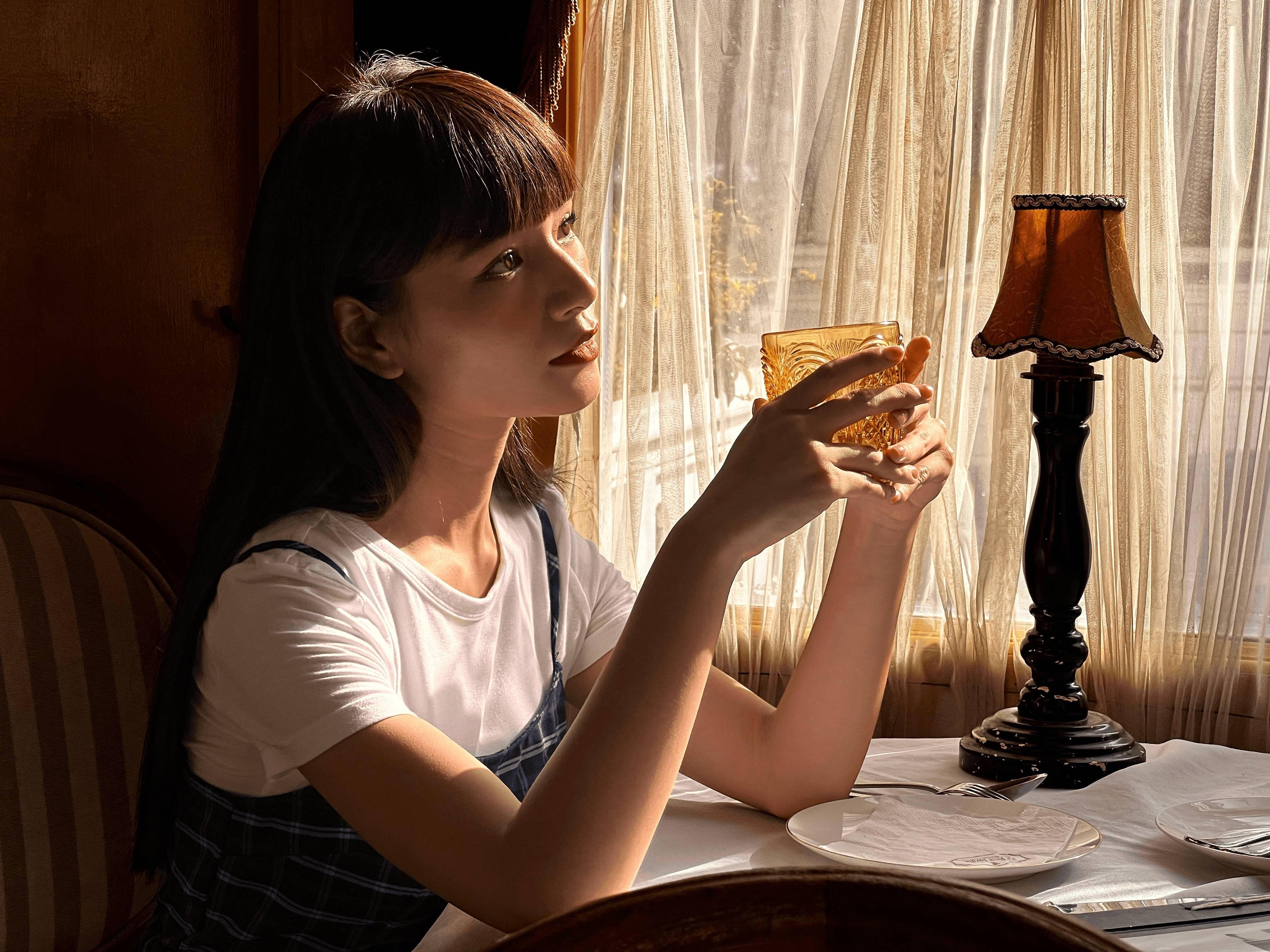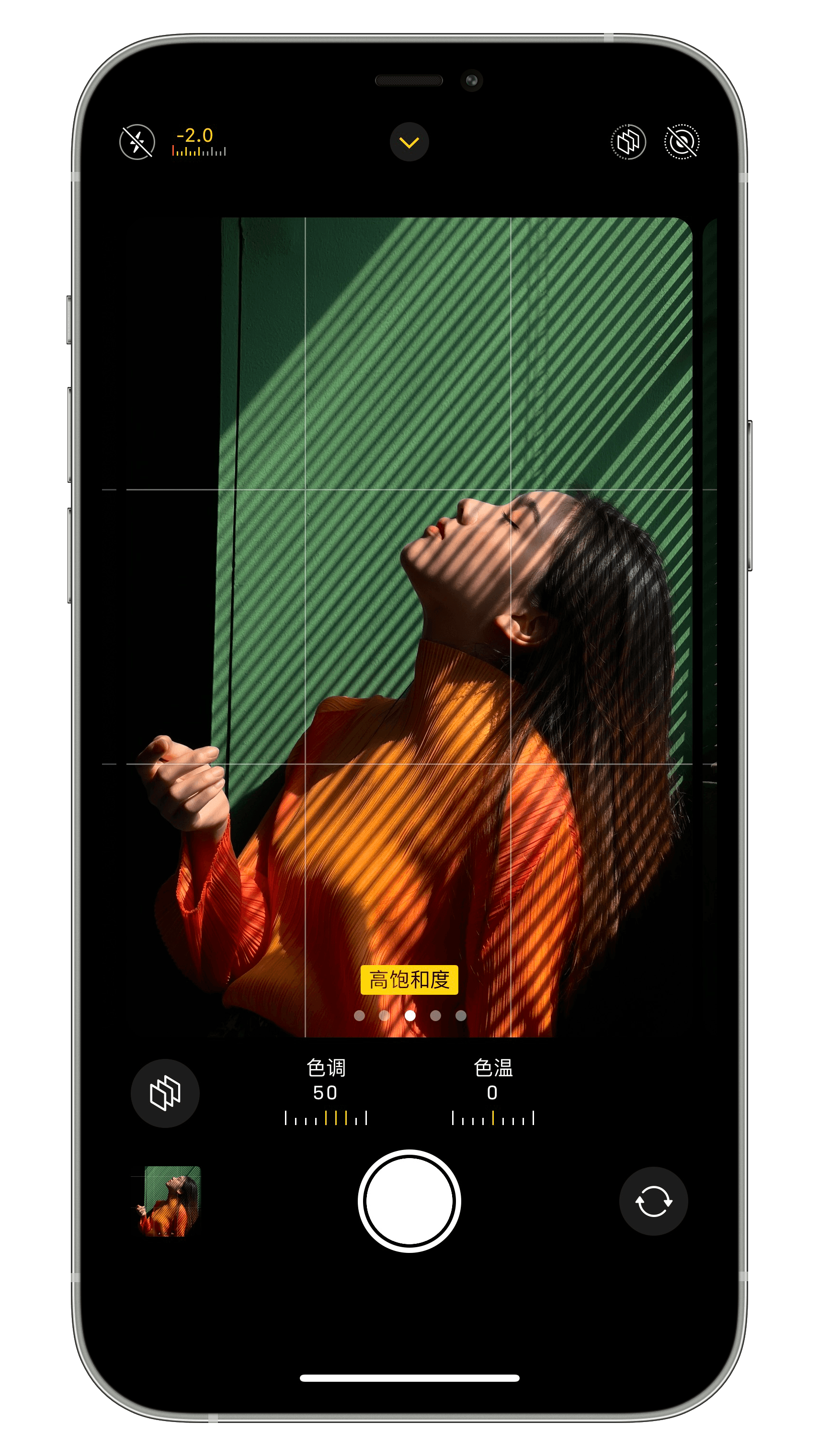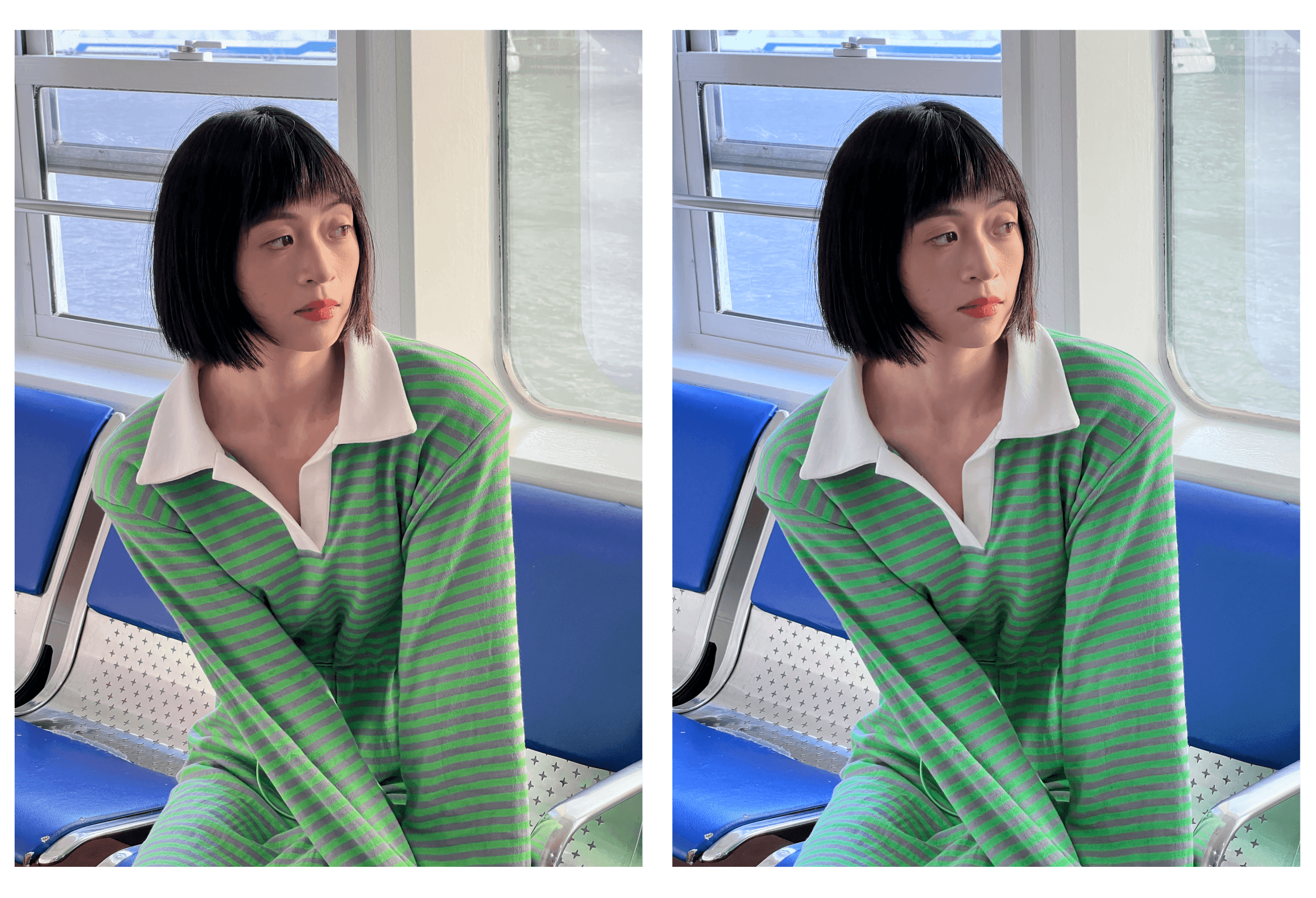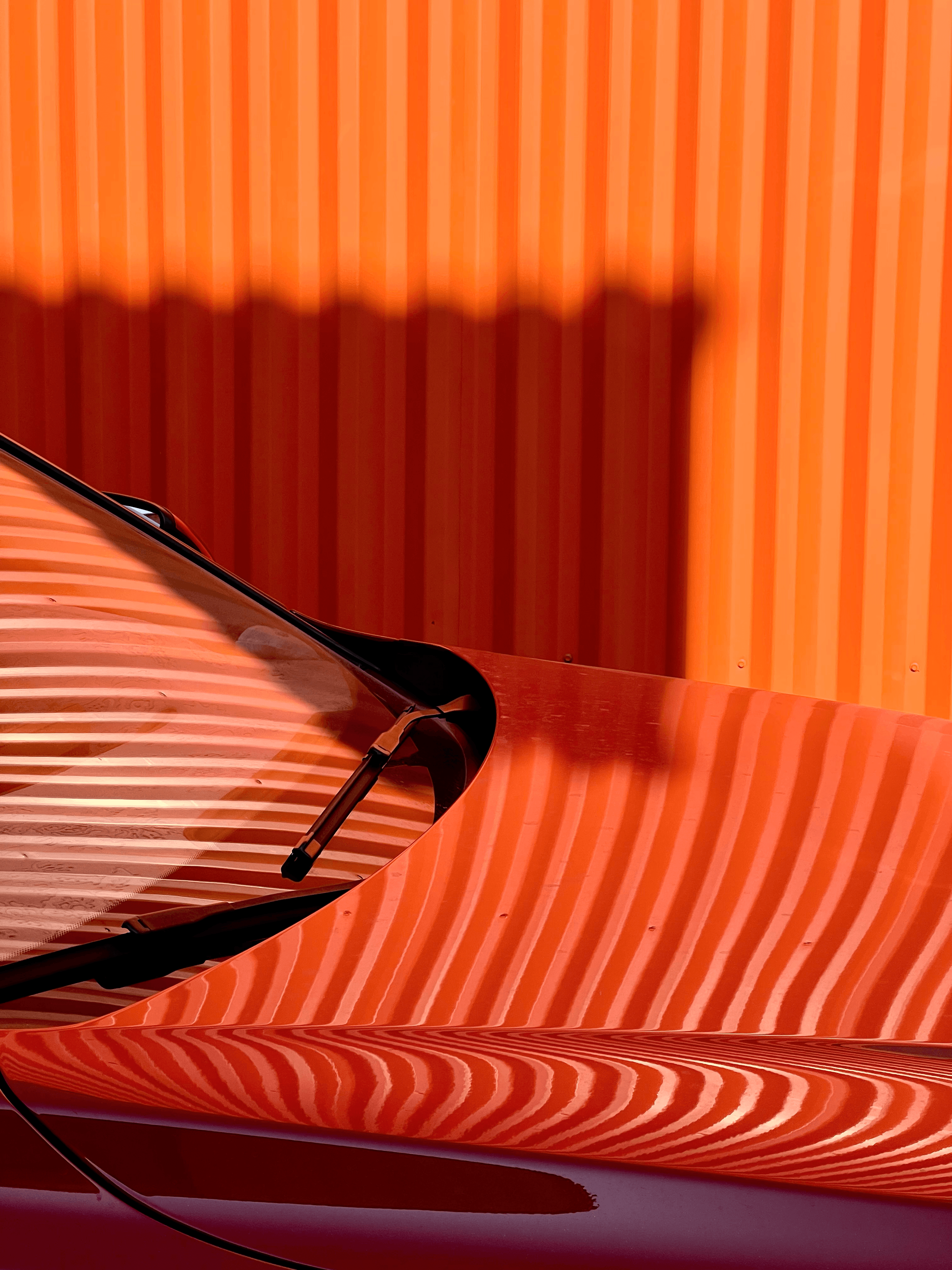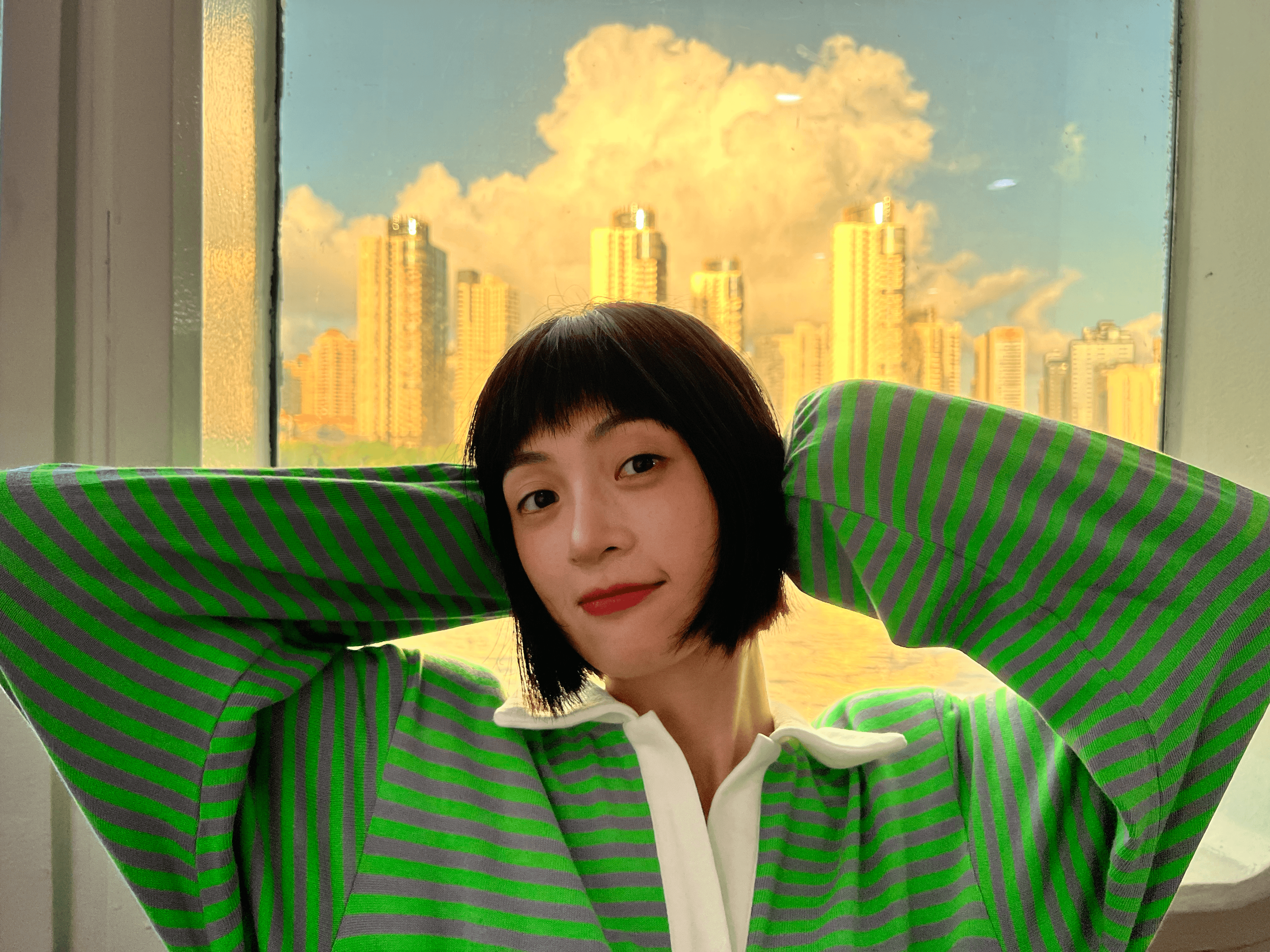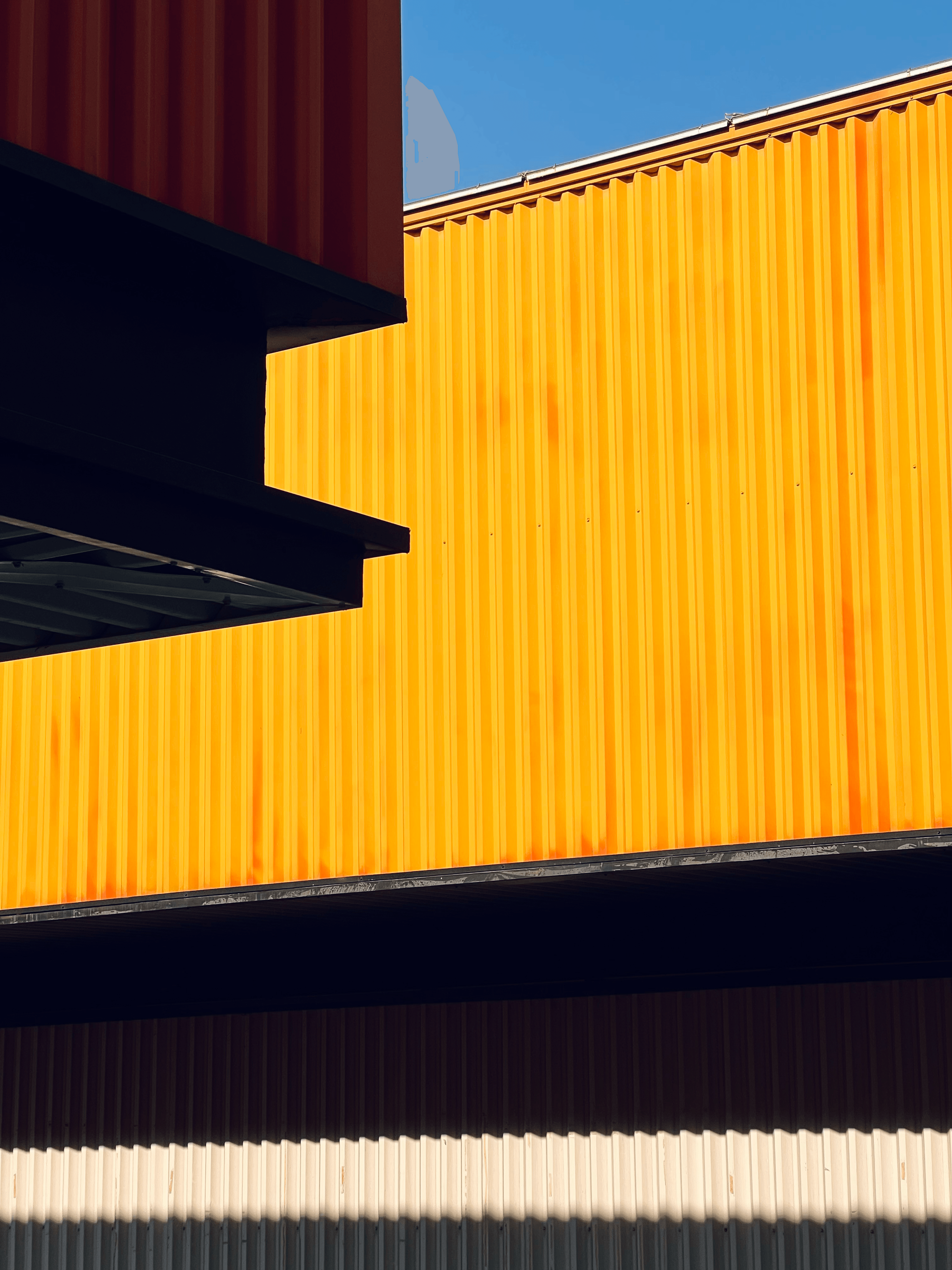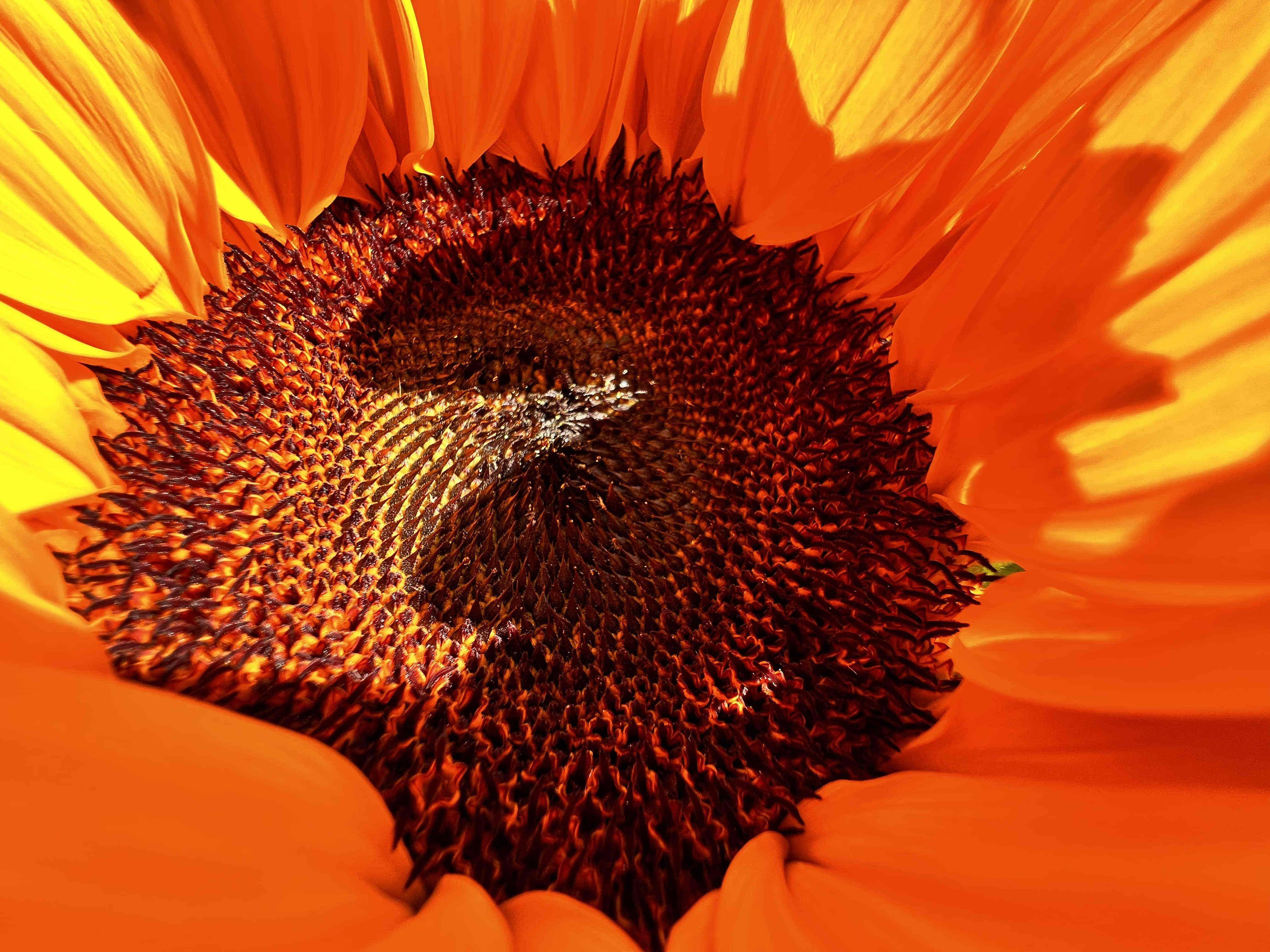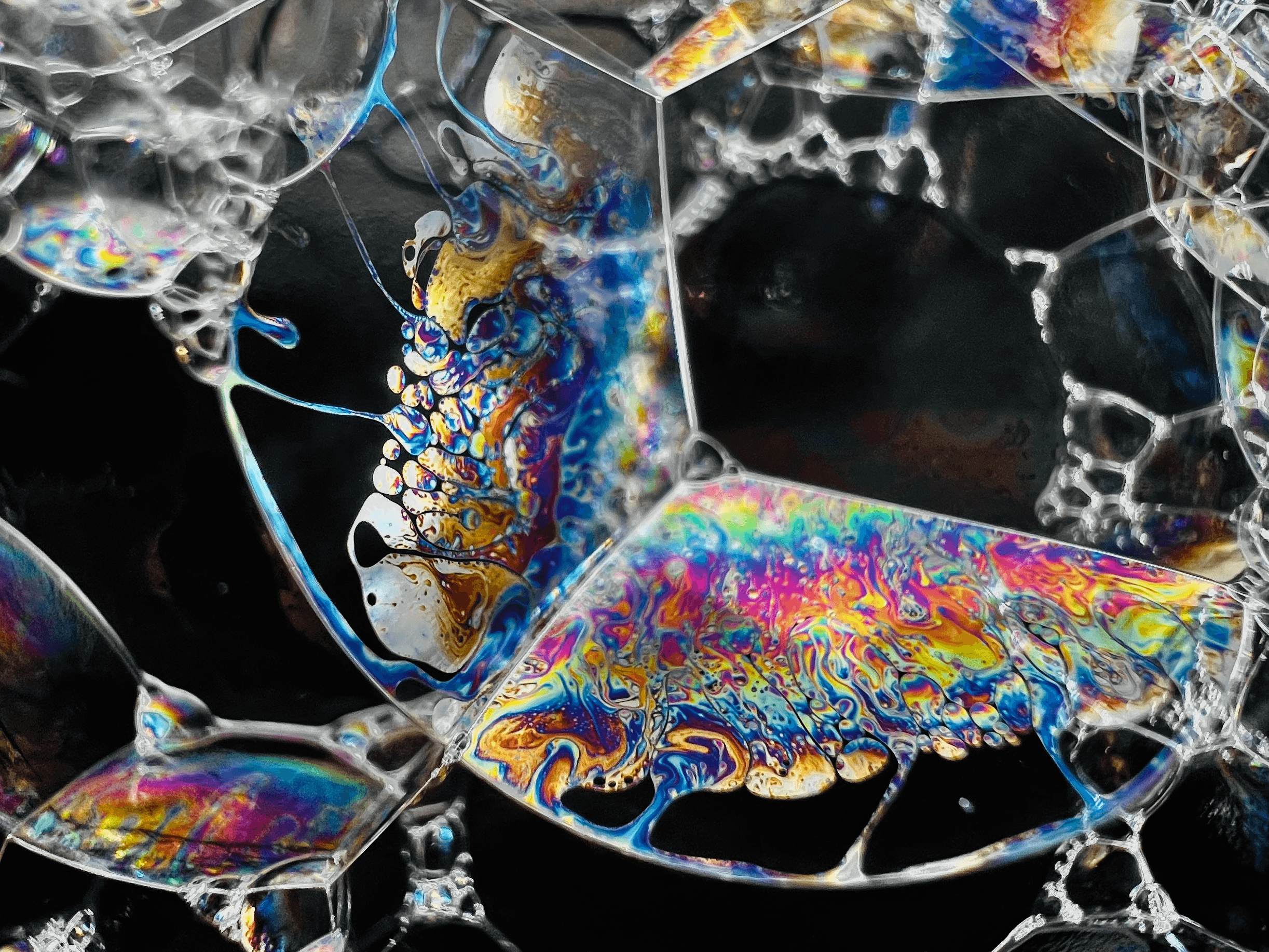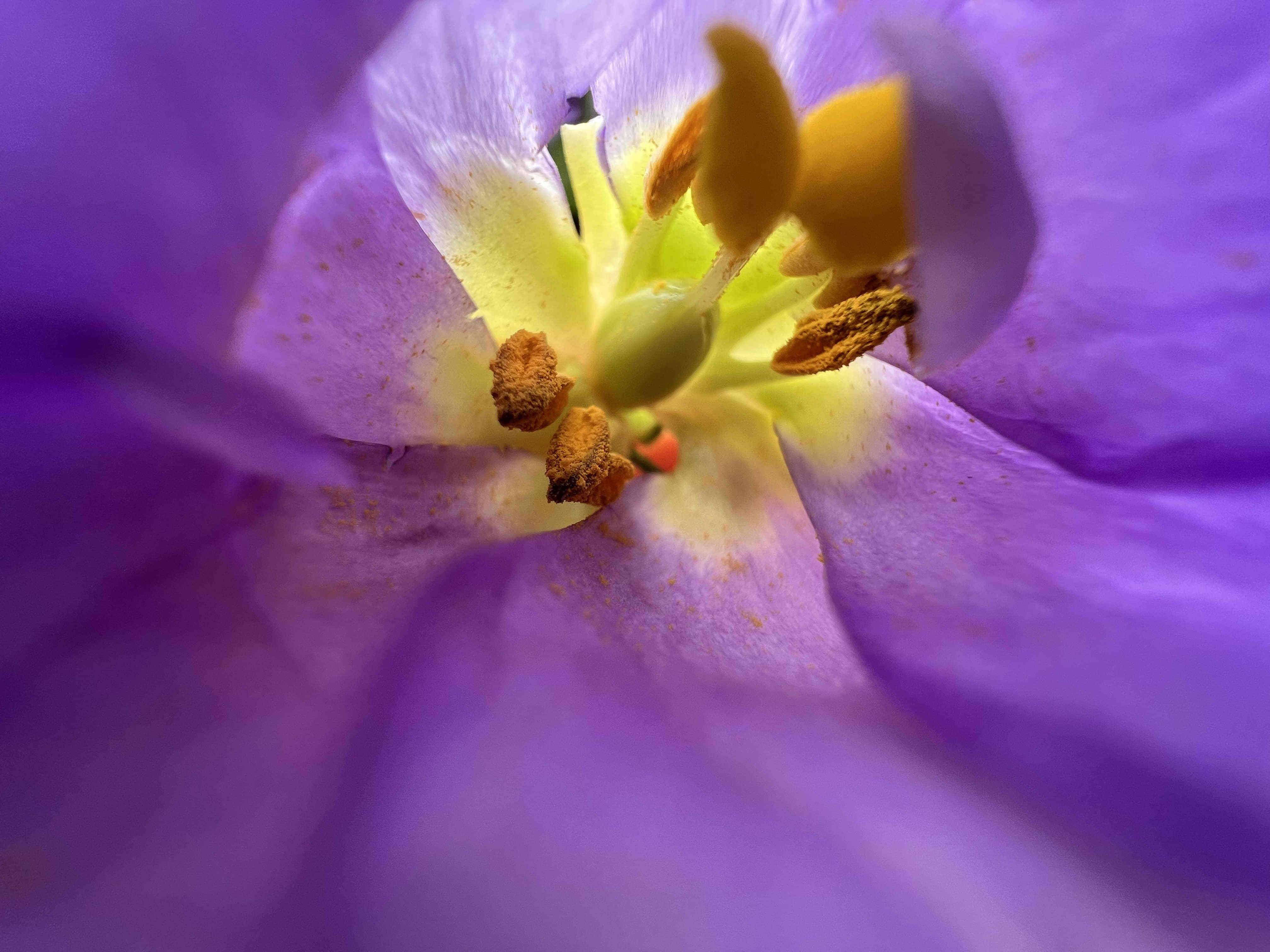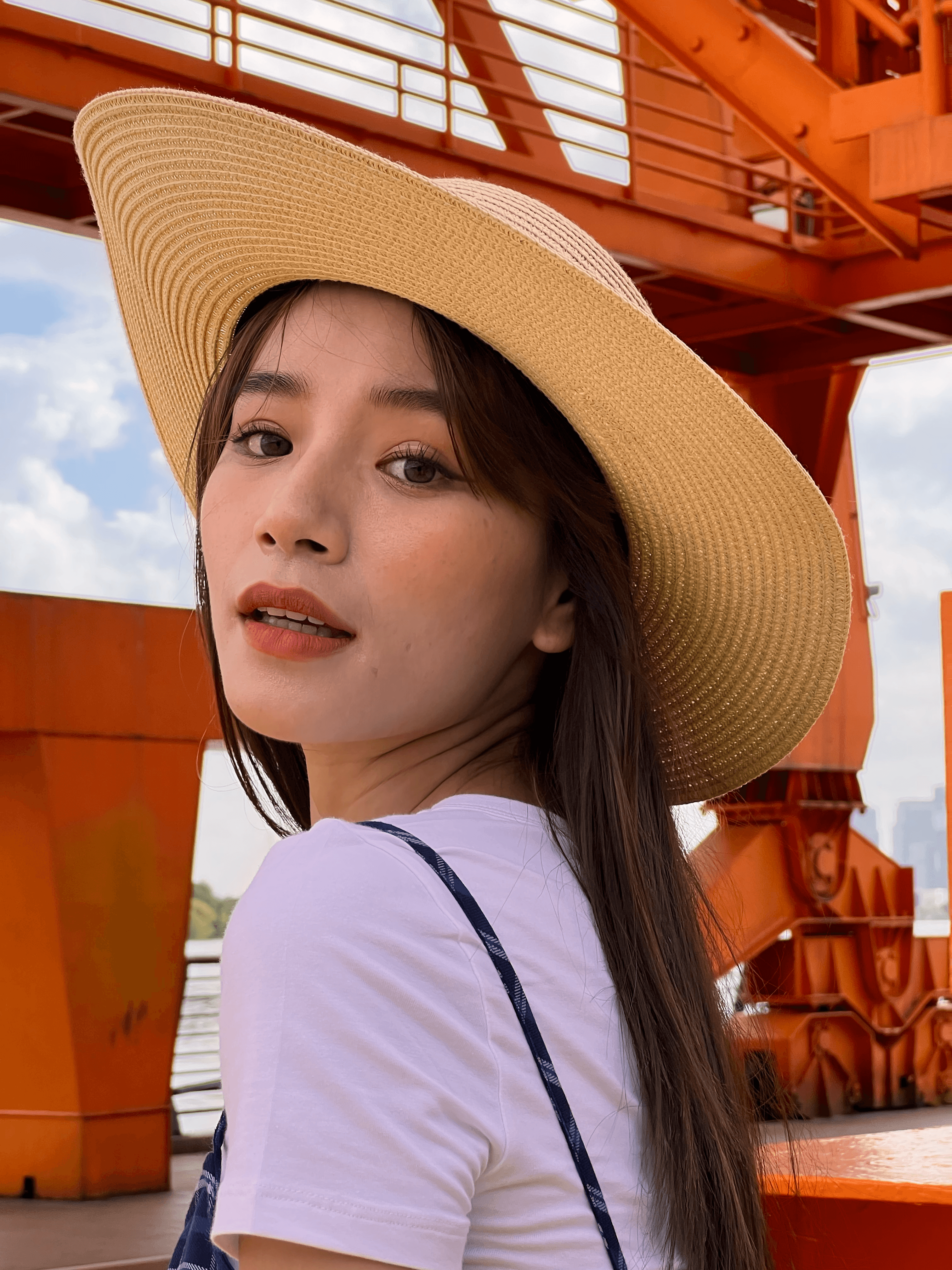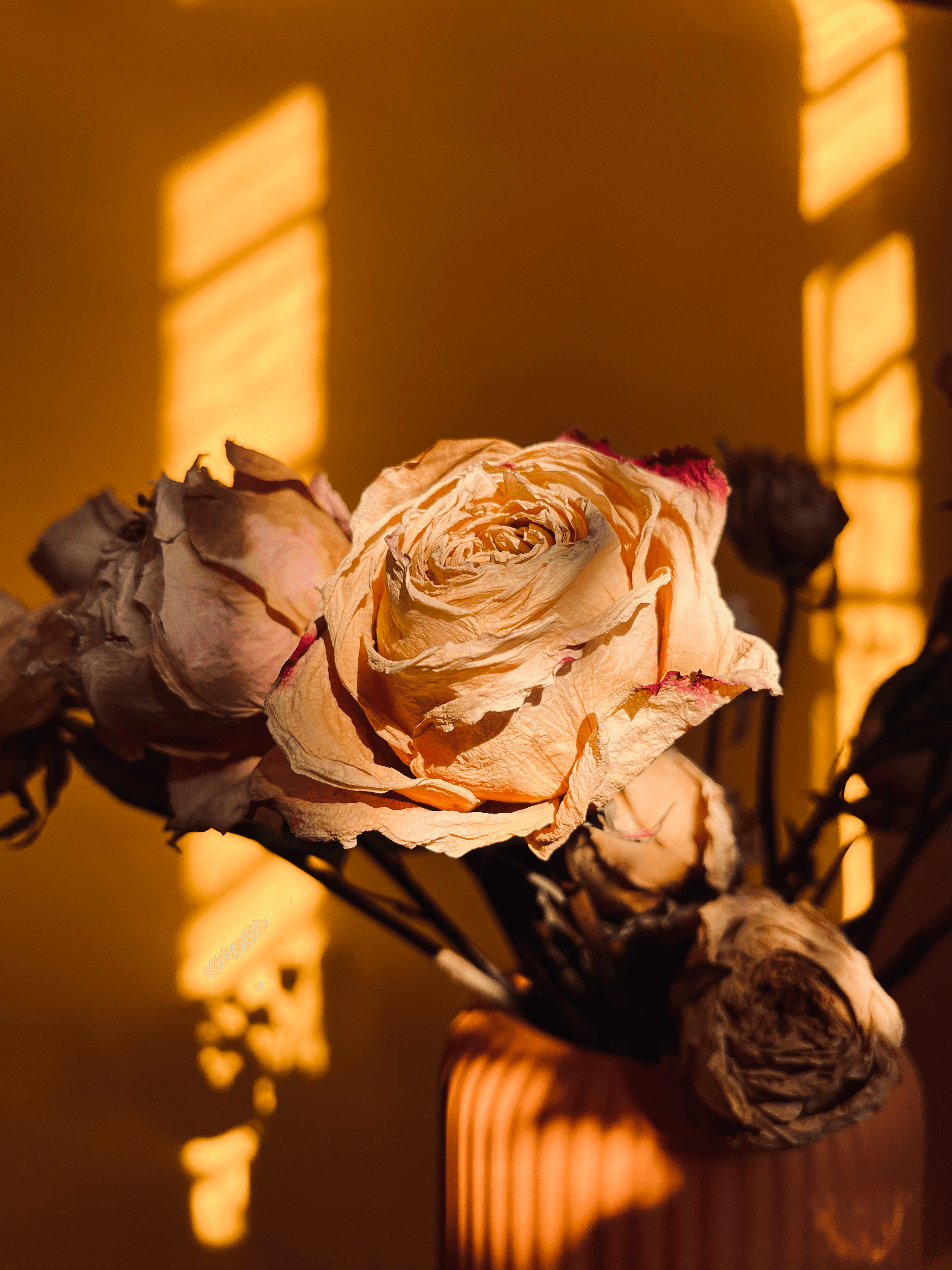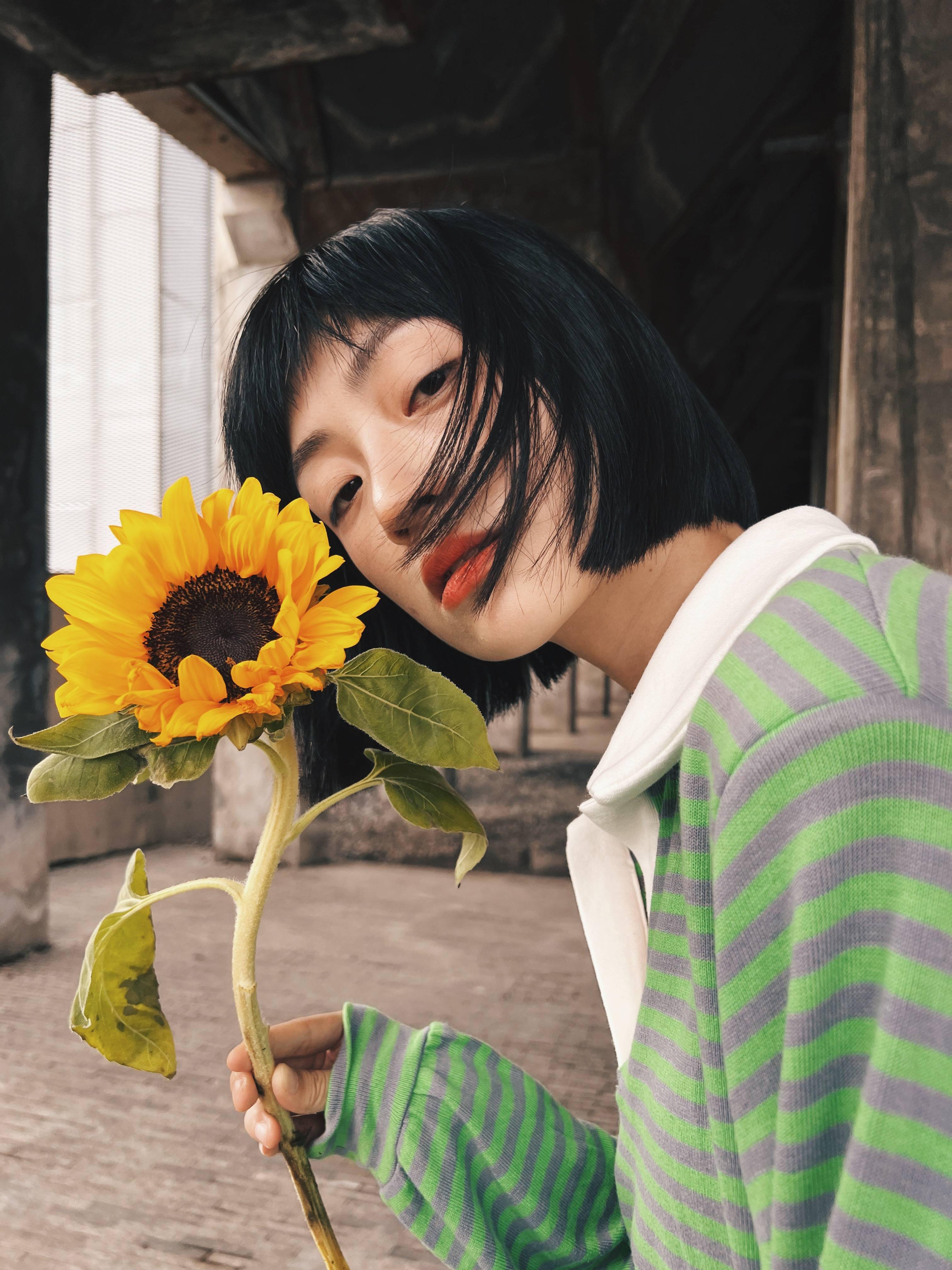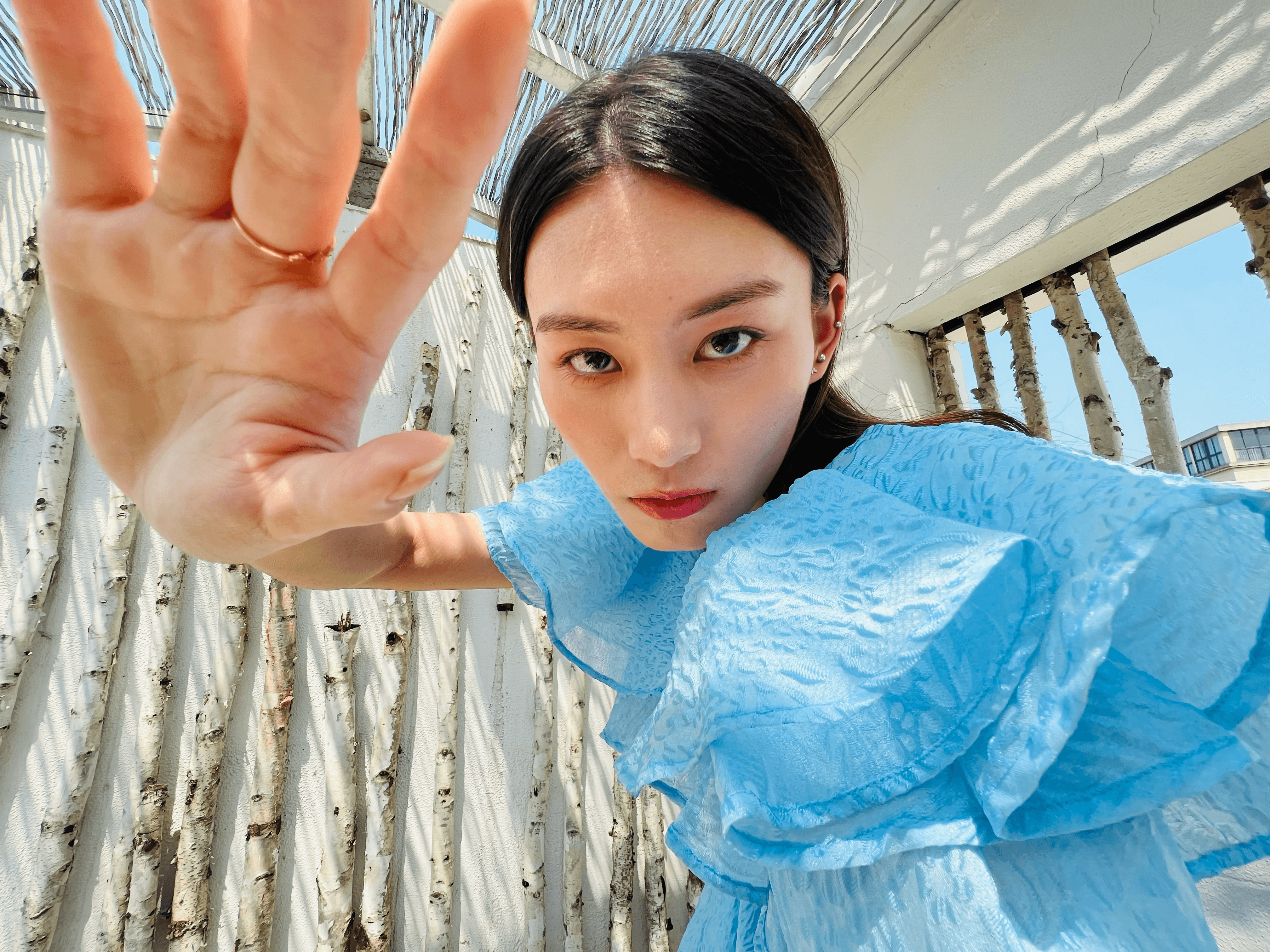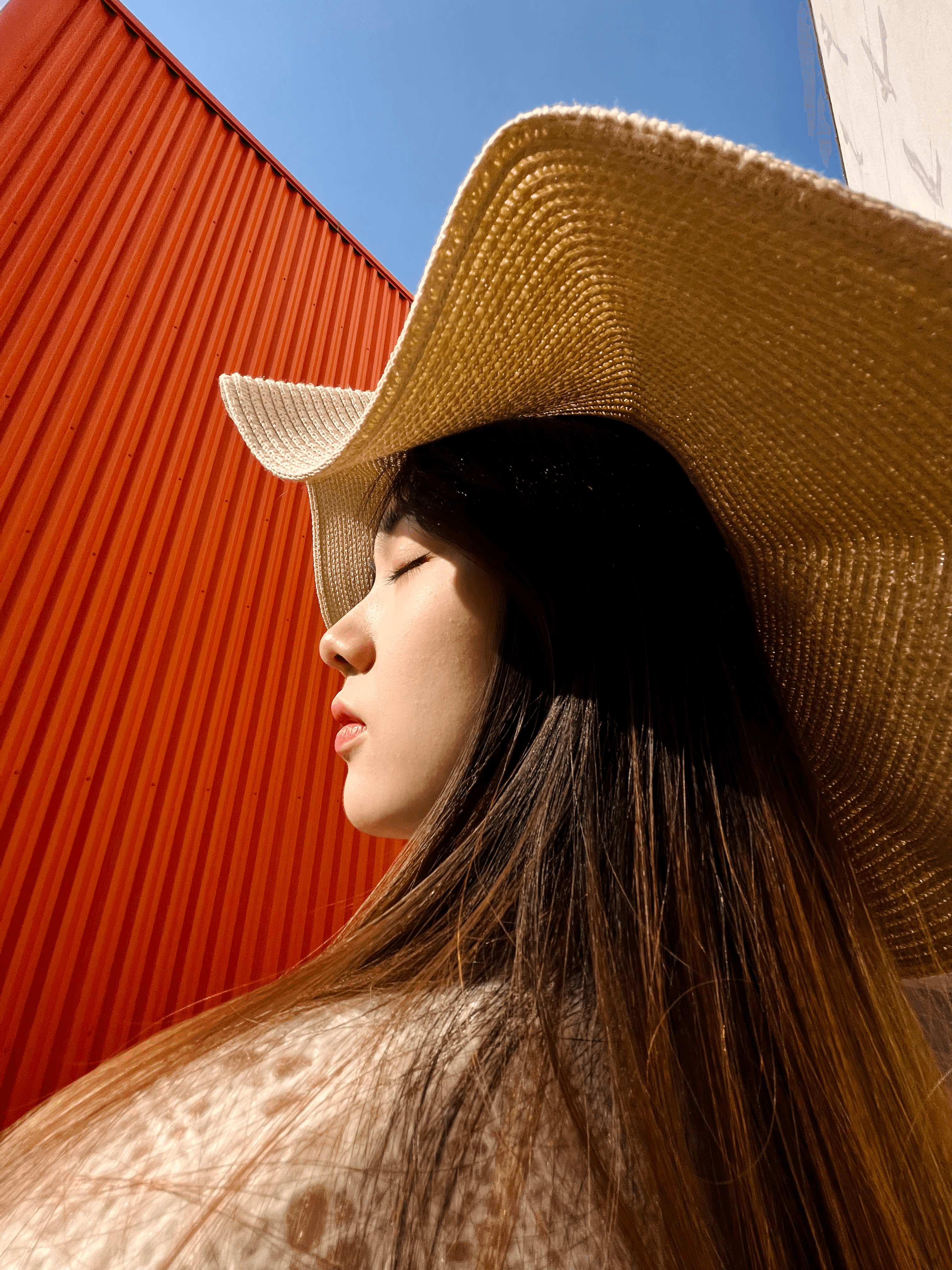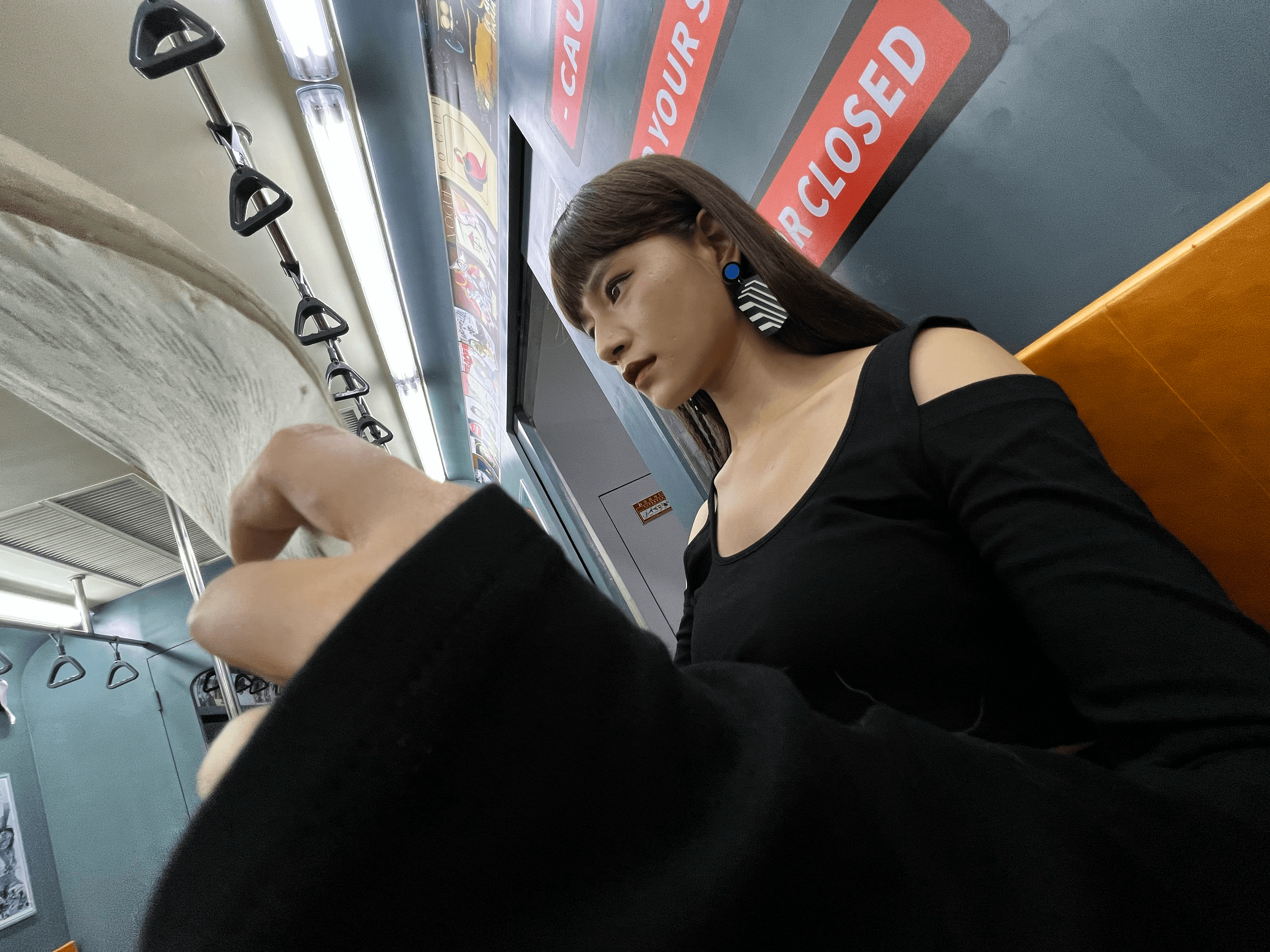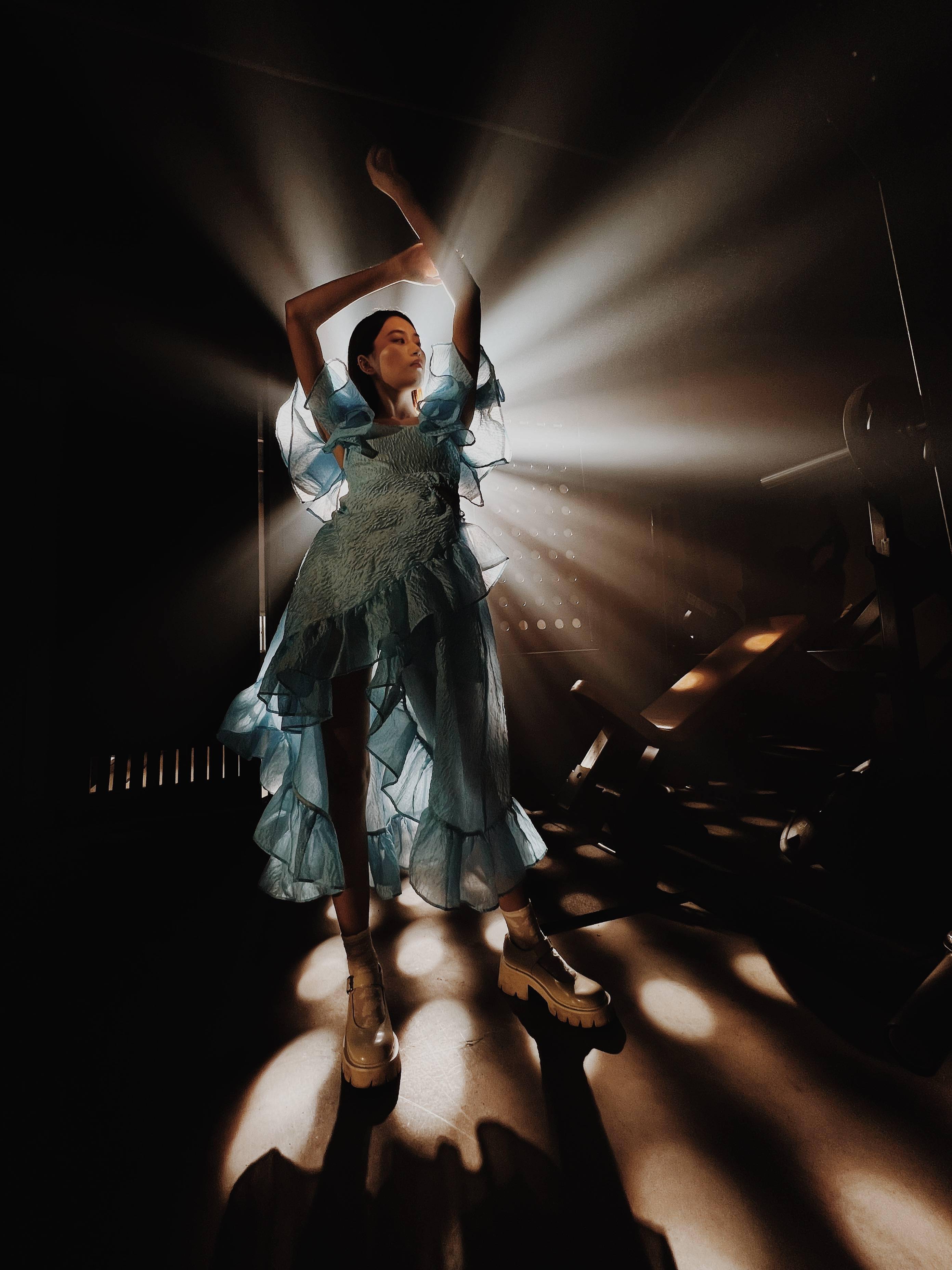Matrix is a minority writing community. We advocate sharing real product experience, practical experience and thinking. From time to time, we will select the best quality articles from Matrix to show the most authentic experiences and opinions from users.
It is the last month of 2021, and I have been using the iPhone 13 series for nearly three months. In these three months, we have used the iPhone series to shoot multiple projects and multiple scenes. So I think it’s also time to share with you some of our experience with the iPhone 13 series.
It should be noted that this is a highly targeted article, because in this article I start from the key functions of iPhone 13. In a sense, you can even understand it as an “iPhone 13 Instruction manual for series of images”. If you are not a user of the iPhone 13 series, you can refer to my other articles, such as our previous “iPhone Camera Operation Guide”. Or take the “iPhone Camera Operation Guide” as the framework, the recently published “iPhone Mobile Phone Photography Guide” physical book.
In this article, I will start from each new feature point, try to analyze the nature of these features, and then give usage suggestions around these feature points. Hope it can help you. At the same time, this article will still be used in conjunction with a large number of samples taken with the iPhone 13, which are basically taken by me and my close friend photographer Jamie.
So let’s get started.
(The photos in the article are all taken by the iPhone 13 series)
Movie effect mode
The movie effect mode can be said to be the most core new feature of the iPhone 13 series this year. From a technical point of view, it can be said that this is another brave attempt at mobile phone computing photography. But before launching the film effect mode, I want to talk to you about the “film narrative technique.” In fact, although almost all of our screen media are flat today, talented directors still use some unique photography techniques to make the picture have a depth that breaks through the flat surface.
This is a very common focus shift in movies.
Fragment of the movie “Avengers”
I believe that everyone must have seen such a scene. In the screen, two characters are one after the other. During the dialogue, the focus will be on the faces of the two to switch back and forth, so as to draw the attention of the audience and assist in the completion of the narrative. Or, an object appears in the screen first, and then the director switches the focus to the character to introduce the relationship between the object and the character. In other words, “focus shift” is almost a very common and important creative method in film and television creation.
But this creative method has not been used in mobile photography for a long time. This is not to say that short films shot by mobile phone photography do not require such creative techniques, but that the natural technical limitations of mobile phone photography cannot be achieved.
In fact, this restriction is not the first time it has appeared. For example, for a long period of time, mobile phone photography cannot achieve the blur effect of the large aperture of the lens, and it cannot be more refined when shooting portraits. Everyone knows the story later. We have made the human image mode popular today through computing.
The reason for taking a portrait as an example is that the reason why the mobile phone cannot achieve focus switching is the same as the principle that the mobile phone cannot shoot a large-aperture lens at the beginning. It’s all because the sensor area of the mobile phone is too small, resulting in no physical blurring effect. The whole picture is basically clear, and naturally there is no need to perform a focus shift.
So, in order to solve this problem, the film effect mode came into being. Therefore, the first problem to be solved by movie effects is to bring blur to the picture.
In fact, in principle, there is only a quantitative difference between adding a blur effect to a video through an algorithm and adding a blur effect to a photo. Because for video, it’s just playing 24 photos continuously (take 24 frames as an example). However, we all know that even the calculation of blurring of a single photo is a test of calculation ability, and the calculation of video is increasing exponentially. But fortunately, with the evolution of time, the computing power of mobile phones is also improving, so thanks to the new A15 chip of the iPhone, this is possible.
Objectively speaking, the current iPhone movie effect is not perfect, there will still be a probability of failing to cut out, but it already has a certain degree of usability. Especially if you can master certain skills. In fact, if you understand the entire mobile phone market, you will find that the iPhone is not the first mobile phone manufacturer to launch a similar video blur function. But from my experience, the iPhone is the only non-gimmick category. Because as long as it is the blurring of the content in the video, it is not just a pure Gaussian blur, it should be a simulation of lens optics.
At this point, the iPhone’s video portrait blur effect can be said to be significantly ahead of other brands. When other brands can’t even fully identify different subjects in the picture, the iPhone has even begun to think about the virtual beauty in the picture.
We can see that the out-of-focus effect is very delicate, which is completely similar to the bokeh of various top-level large-aperture lenses. I have to talk about the aesthetic ability of the iPhone imaging engineer. If you adjust a different aperture value during shooting (or after shooting), you will find that the out-of-focus bokeh changes accordingly. This completely restores the way the camera takes pictures, the real details.
iPhone video screenshot
In fact, this blur is not only more beautiful, but also makes your shooting more convenient. Because for many lenses, if there is no similar blur effect, the requirements for the scene are extremely high. For example, if you are shooting on the road, the passers-by randomly walking on the road are very popular. So one of the most basic ways to use movie effects is to “simplify the background and highlight the subject.”
iPhone video screenshot
So if you want to get a better picture effect when using the movie effect mode, here are some suggestions:
1. Find the depth of the space.In fact, like the blurring of the portrait mode, we want a more real blurring, so first of all, there is at least a space for blurring in space. There must be a certain distance between the character and the background. If the characters and the background are close together, the effect is naturally not realistic enough.
2. To get a beautiful spot, you can look for a scene with rich point light sources in the background.This point light source can be the light and shadow of trees, or it can be an indoor point light source. However, it should be noted that we must always pay attention to the light intensity of the faces of the characters in the picture. Because if the background is a point light source, there may be a certain backlight phenomenon, which may cause a little lack of picture quality. Therefore, we must guide the model to shoot in a direction with sufficient light and atmosphere to avoid rapid deterioration of facial image quality.
Movie effect mode shot with 3× lens will get more realistic blur. Because the space compression of the telephoto lens itself is more in line with the visual habits of the human eye. And the lens language of the 3× lens is closer to close-up, which is of great help to the narrative of the film. Of course, the 3× lens emphasizes a kind of “close-up”, which in a sense is more focused on a part. If there is a certain scene scheduling, such as the movement or walking of characters in the screen, the 1× lens is indeed more suitable.
However, if only one person is blurred, then this function is not enough to call it a movie mode. For the movie effect mode iPhone, there is an even more important feature, which is “Automatic Focus Switching”.
The so-called “automatic focus conversion” is that the iPhone will use algorithms to intelligently analyze the relationship between the movement of the characters in the screen, and will actively perform the conversion between virtual and real in the screen. This kind of conversion is what I said at the beginning of this chapter as an important expression of film creation. In fact, if you understand the film industry, you will know that to achieve such a picture effect is a kind of “team work” that requires the cooperation of photographers and focus followers. In other words, there will be a special role in the movie to complete similar tasks.
With the ability to blur, iPhone tries to install this “follow-focuser” into your phone to help you achieve such a picture. For example, in the following picture, the iPhone judges the narrative in the picture by itself and performs active focus switching.
We can see that in the video, the iPhone will actively switch the focus with the heroine’s line of sight. Although the camera position and viewfinder itself have not undergone any changes, only the focus conversion has promoted the development of the plot.
But for now, because the iPhone 13 series is the first time a movie effect mode has been introduced. Therefore, there is a certain probability of failure for this free shift of focus. And more importantly in my opinion, automatic means “single aesthetics.” So I definitely hope that the iPhone can also provide a manual way to allow photographers to control the speed of focus switching during the shooting.
Fortunately, there is still a certain solution to these two problems. This is the free editing function of the later focus.
As long as we enter the album, find the corresponding video and edit it later, we can re-edit the focus transition. We can put different points on the timeline, and these points are also called “key frames” in a professional term. Re-selection of focus can be performed at each point, so that you can choose the timing and scene of the focus transition completely according to your ideas.
In a sense, this is what I think is the biggest highlight of the iPhone’s movie effects mode. Because this is fundamentally different from traditional cameras. It gives you more creative freedom. There is regret medicine in everything, which is the most interesting part of computational photography.
By the way, there is still a more obvious shortcoming for the movie mode of the iPhone 13 series, which is that it only supports 1080P. As mentioned earlier, estimation is limited by computing power. However, from my actual use, the picture quality difference of 1080P clips interspersed with 4K short films is not obvious. Moreover, although 4K is not supported, supporting Dolby Vision is a trade-off.
For ordinary users, the film effect mode can make your video also blurred, and shoot a more concise and textured picture.
For professional users, the overall scheduling of the space is fully considered. A good design of the focus shift of the characters in the plot can indeed produce a very “movie-like” picture.
Dolby Vision
Dolby Vision is not a new feature of the iPhone 13 series, it debuted as a core feature in the iPhone 12 series. But for creators, most video platforms at that time did not support playing HDR videos, so they have always lacked creative motivation.
Until now, more and more social platforms have begun to follow up and support, and the related creative environment has also been improved. So in a sense, the Dolby Vision of the iPhone 13 series is the real beginning.
But before talking about the use of Dolby Vision, let’s solve one of the most core problems:
“Why do we need Dolby Vision?”
In fact, Dolby Vision is not a new concept that only came out with the launch of the iPhone, but a form of content expression that has long existed in the film industry. However, this form of expression has not been popularized because of its extremely high technical threshold. The technical threshold here has two very core indicators:
1. Brightness limit
In fact, for a long period of time, the brightness of the monitors we used was limited. In reality, the brightness of many objects far exceeds the brightness of the display, such as the most common sun. In other words, our monitors often fail to show the brightness levels of different objects in nature. In the past few years, the screen in our hands has experienced a very important leap.
For example, iPad Pro and MacBook Pro use the latest mini-LED technology, which can make the screen brightness from an average of 500 nits to 1000 nits, and a peak value of even 1600 nits.
In other words, today’s screens can display more brightness levels. The darker is darker, and the brighter is brighter.
2. Color restrictions
In fact, like brightness, the number of colors that can be displayed by the previous screen technology is not much, but the types of colors in nature are extremely rich. With the popularization of P3 wide color gamut, the colors that mobile phones can display today have reached 1 billion colors.
In a sense, the device screens we use today have been prepared in hardware. But our software content consumption is still using outdated standards. So in order to be able to better content consumption, Dolby Vision began to enter our field of vision.
In other words, Dolby Vision can:
- Higher brightness
- Richer colors
And these two together, let Dolby Vision bring a completely different visual experience: immersive reality.
I believe this is actually the most real feeling for everyone who uses Dolby Vision to shoot for the first time and review the material on the iPhone. The lights you see are as bright as the real ones, and the flowers you see are as bright and natural as the real ones.
Well, now that you know the benefits of Dolby Vision, you must want to know how to start Dolby Vision creation.
The answer is, just press the shutter button.
In fact, Dolby Vision has a very high creative threshold. It needs to be unified in all aspects of shooting, editing, and playback. But this has always been the strength of the iPhone.
For shooting, you only need to turn on “Settings-Camera-Recording Video-HDR Video”. In this way, every time you press the shutter, it is directly shot as a Dolby Vision video.
Editing, if you are using iPhone to edit is very simple. In the past, the built-in video processing functions of the camera have all been adapted to Dolby Vision, so as long as you are shooting Dolby Vision, it will still be Dolby Vision after editing. Don’t underestimate this. Many professional editing software on the market today have complicated processing steps for Dolby Vision videos, which ordinary people can’t operate at all.
If you are a light editing, then iMovie can meet your needs. And if you want to be more professional, editing and producing Dolby Vision in Final Cut Pro is not complicated, the corresponding steps are provided below.
In addition, from the current point of view, Final Cut Pro under the macOS ecosystem is indeed the most concise and efficient choice for processing Dolby Vision content.
1. Create a new resource library in Final Cut Pro, click Modify after creation, and change it to “Wide Color Gamut HDR”.
2. Import Dolby Vision videos recorded with iPhone 12 or 13 series.
3. Create the project, but it should be noted that the color space of the project here must be modified to “Wide Color Gamut HDR-Rec.2020 HLG”.
4. Operate the clip normally.
5. When exporting, if you want the best video quality, you can export the HLG master file, or choose a color space that includes Dolby Vision when sharing the output.
It should be noted that if you want to get the same Dolby Vision look and feel as the iPhone, you also have certain requirements for the screen quality of your editing device. Generally speaking, your screen must support HDR first.
However, the new 14-inch and 16-inch MacBook Pros of the M1 series of chips are currently on the market. They are all equipped with Pro Display XDR screens, which means that they can directly play Dolby Vision screens just like the iPhone. In terms of hardware, the ecological unity of Dolby Vision is also realized.
In summary, at present, not only the iPhone, but the entire Apple content has completed the transition of the Dolby Vision ecosystem, from software to hardware. So if you want to make your creation more fresh or have more vitality in the picture performance, start using Dolby Vision to create.
Photography style
In the past period of time, many mobile phones have proposed a so-called “AI photography” concept. Simply put, it is to optimize the scene through image recognition. For example, if the flower in the picture is recognized, the flower is optimized. However, the tendency of optimization is to choose the “flower color considered by big data”. For example, most people think that flowers should be gorgeous, so they increase the saturation of the flowers in the picture.
But there is a very important prerequisite for doing so, which is the belief that “the beauty of flowers is unified.” In other words, the result of such a shooting is that there is only one style of flowers in the world.
In other words, the premise of AI photography in the traditional sense is “beauty is single.”
But for anyone who likes to create, “beauty is single” is a kind of blasphemy.
The reason for mentioning this point is to say that the photographic style of the new iPhone 13 series is diametrically opposed to this single aesthetic concept. Because the photography style of the iPhone 13 series allows photographers to directly adjust their favorite style, you can start with both color temperature and contrast. After choosing a style, all the photos you take will be executed in this style.
Some people like cold photos, then you can set them to cool colors.
Shoot with the “deep cool” photography style
And you are free to make more detailed numerical adjustments for different styles. The result of this is that almost everyone can shoot their own unique “beauty”.
Shoot with the “dense warm color” photography style
This is why the photography style of the iPhone 13 series is liked by so many photographers, because it respects the diversity of beauty.
So after getting the new iPhone 13 series, you can actively try parameter adjustments to find the picture quality you like.
There are two main ways to adjust a specific photography style:
1. Adjust directly on the camera interface
When we open the camera’s shooting interface, we can directly see the “photography style” icon in the upper right corner. After clicking the icon, we can see the original built-in different kinds of initial photography styles.
These styles are relatively typical:
- High contrast style:The contrast is strong, especially the shadows are darker and the colors are thicker.
- High saturation style:The color is clearer and more vivid.
- Warm color style:The overall picture will be covered with a layer of golden yellow, giving it a sense of atmosphere.
- Cool style:The overall picture will be covered with a layer of blue, and it will have a cool feeling.
Different photography styles with the same skin tone
For each style, we can adjust the two parameters of hue and color temperature.
It should be noted that the “tone” parameter in the iPhone is different from the color tone in the later software in the conventional sense. The color tone here is more like “contrast”. In other words, the color tone can make the picture contrast more obvious, and the tones can be thicker. So in order to facilitate understanding, you can directly understand this parameter as contrast.
The color temperature parameter is relatively common, and it directly affects the coldness and warmth in the picture.
An interesting detail is that when you make adjustments, the iPhone will rename this photography style according to your adjustments. You can adjust up to 4 different styles for yourself, and call them out at any time.
Use the “bright warm color” photography style to shoot
Therefore, not only do different users have different styles, but the same users can also have different scenarios.
2. You can adjust the photography style in the camera settings
In “Settings-Camera-Photography Style”, you can directly click on the photography style, mainly to facilitate you to return to the four original built-in iPhone styles.
It should be noted that the photography style of the iPhone 13 series is different from ordinary filters. For example, the use of filters will destroy the skin tone of a person’s face, but in the photography style, no matter how you change the style, the skin tone will be restored well. This is an adjustment of the picture style from the bottom, and theoretically there will be no picture quality loss.
Macro lens
Although the iPhone 13 Pro has only three lenses, the iPhone 13 Pro series adds a macro function to the ultra-wide-angle lens. Judging from our actual use, this macro function is extremely usable.
Note that the macro function is only available in the iPhone 13 Pro series, iPhone 13 and iPhone 13 mini do not have macro.
To some extent, it can even be considered that the iPhone 13 Pro has four lenses.
Although the official did not disclose the specific magnification, from the actual use point of view, the macro effect lies in a balance between the picture effect and the difficulty of use. Because if the magnification is too large, there are extremely high requirements for the amount of light and stability of the picture.
In fact, the macro function has long been common in smart phones, and even has its own characteristics. This time the macro function on the iPhone also has its own uniqueness. This is not only “micro” but also “wide”. Because the macro function of the iPhone 13 Pro series is on the ultra-wide-angle lens, the combination of the two has a very strange chemical reaction. Because the macro itself is not common, coupled with the even less common ultra-wide visual effects, so many ordinary things become unusual.
When using the macro of iPhone 13 Pro, here are some suggestions:
1. The iPhone 13 Pro series macro lens has an automatic opening logic.When taking pictures, no matter you are at any focal length of the lens, whether it is ultra-wide-angle, wide-angle, or telephoto, as long as you are automatically close to the object, it will automatically switch to the macro mode. If it is in a movie scene, the macro requires us to select a 0.5× ultra-wide-angle lens to trigger.
Of course I know that many users don’t like this automatic switching, so in the latest system update, the iPhone has added a switch in the camera settings. This switch can turn off this automatic switching and only use the macro under the ultra-wide-angle lens.
2. The macro lens supports all iPhone video modes.Whether it is time-lapse video, slow motion, or normal 4K Dolby Vision. So we can use this to create some very creative shots.
3. When shooting with a macro lens, it is necessary to ensure a certain light source as much as possible.For example, if you use a macro lens to shoot some flowers, you can use the flashlight of the iPhone itself to fill in the light on the back of the petals or plants, which will get better texture and color effects.
4. The feature of a macro lens is that a slight shake will blur the picture, so when taking macro shots, keep the phone as stable as possible.For photos, there is basically no problem with hand-held shooting with sufficient light. But if you are shooting video, especially moving the lens, you must ensure the stability of the picture. You can use a stabilizer, or an electric slide rail is better.
77mm focal length
The iPhone 13 Pro series changed the iPhone’s telephoto focal length again. Over the past few years, the iPhone’s telephoto focal length has been changing, from 56mm to 65mm, to 77mm today.
In other words, the current focal length options for the iPhone 13 Pro series are 0.5×(13mm), 1×(26mm), 3×(77mm).
Readers who have read the “iPhone Camera Operation Guide” must already know that the longer the focal length of the lens, the better, so this time Apple has increased the focal length of the lens to 77mm to serve the subject matter.
(If you haven’t read the “iPhone Camera Operating Guide”, I would recommend you to read the book “iPhone Camera Guide” directly, which is more systematic and complete, and the paper book is more conducive to learning.)
First of all, 77mm is still closer to the golden portrait focal length of 85mm, so now it is more suitable for portrait sketching. Especially for some portraits, be sure to try a 3× 77mm focal length.
77mm is also suitable for still life, especially close-ups of some products, which will make the whole scene more clean and tidy.
However, this time the longer focal length is obviously more for video services. Because for video creation, 77mm is closer to the close-up shots of people commonly used in movies than the previous 65mm and 56mm focal lengths. Therefore, the use of 77mm in the video is more “cinematic.”
However, the performance of this generation of iPhone telephoto in low light environment is still slightly inferior, so try to avoid using it in extreme low light.
One of my deep feelings is that iPhone photography is developing towards “polarization”. It still pursues “one-click fix” for ordinary users, and “open permissions” for professional users.
For example, although not mentioned, but still evolving night scene mode, deep fusion (Deep Fusion) and smart HDR, iPhone 13 has made significant progress in the above-mentioned functions. The most worth mentioning here is Smart HDR. With the gradual improvement of this function, Apple has even completely removed the HDR switch. In other words, almost all photos nowadays are HDR, with very delicate tones.
Exquisite HDR processing can be completed with one click, which is a typical representative of computational photography.
The so-called open permissions are represented by ProRAW. After the iPhone integrates with its own way of understanding, the RAW format is given, which gives many professional photographers a wider range of post-production.
The above is a summary of the functions of the iPhone 13 series.
Concluding remarks
Although the iPhone will have new features added every year, if you have carefully read the “iPhone Camera Operating Guide” or its physical book “iPhone Phone Photography Guide”, you will find that it is inseparable. Especially with this supplement on the iPhone series, I believe you have completely mastered the iPhone photography system knowledge.
More importantly, whether you are using a new iPhone or an old iPhone, you have to learn to trust your own device.
There is no camera that can’t take good photos, only photographers who can’t take good photos.
Encourage with you.
> Download, follow, and unlock a new reading experience📰
> Practical and easy to use, the minority will present you 🚀Return to Sohu to see more
.
